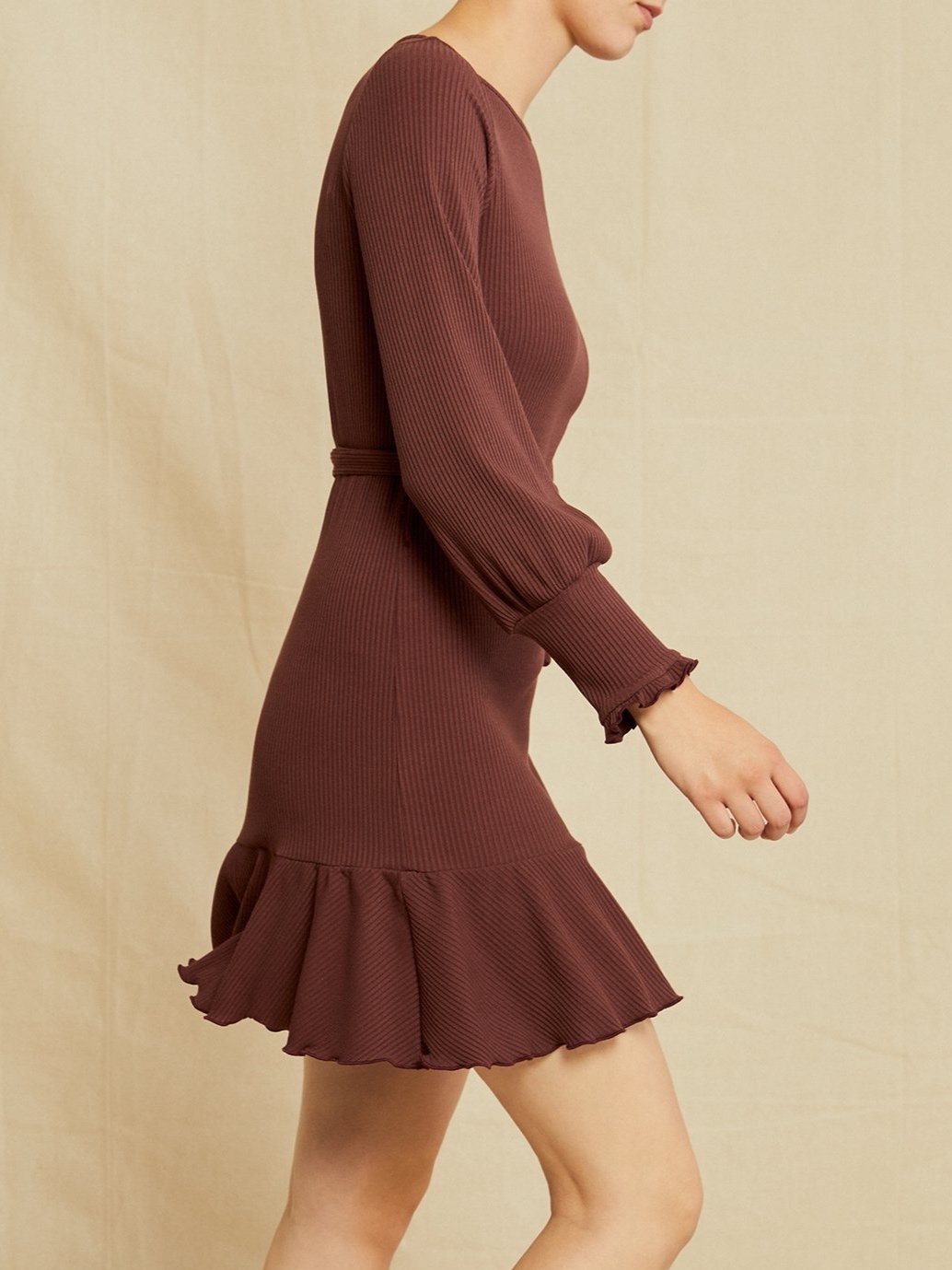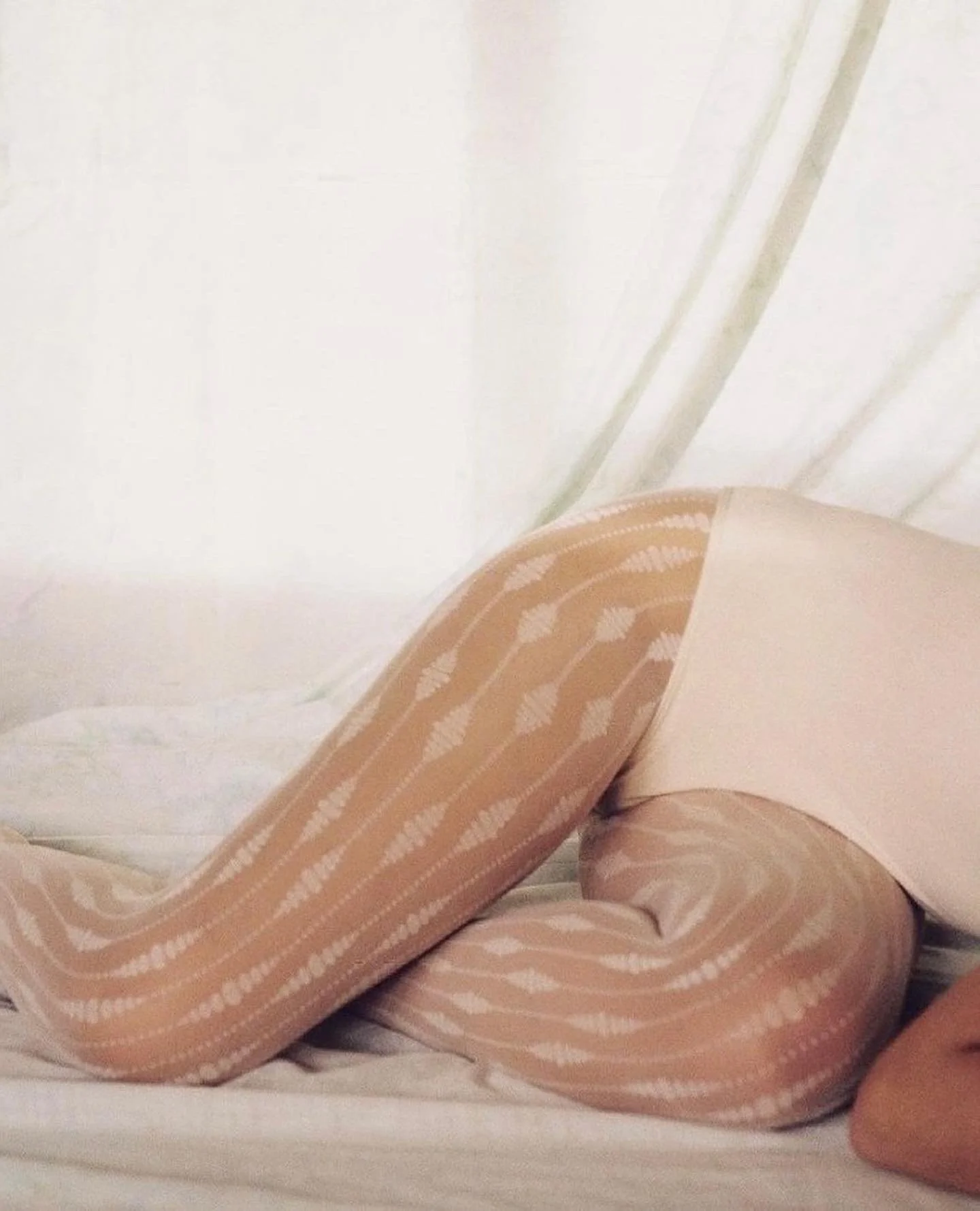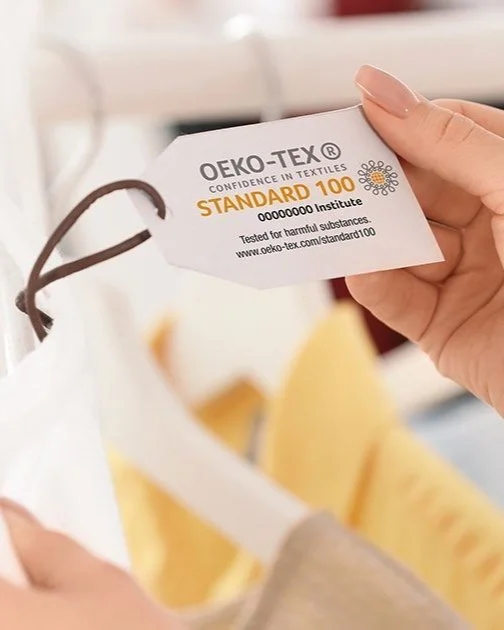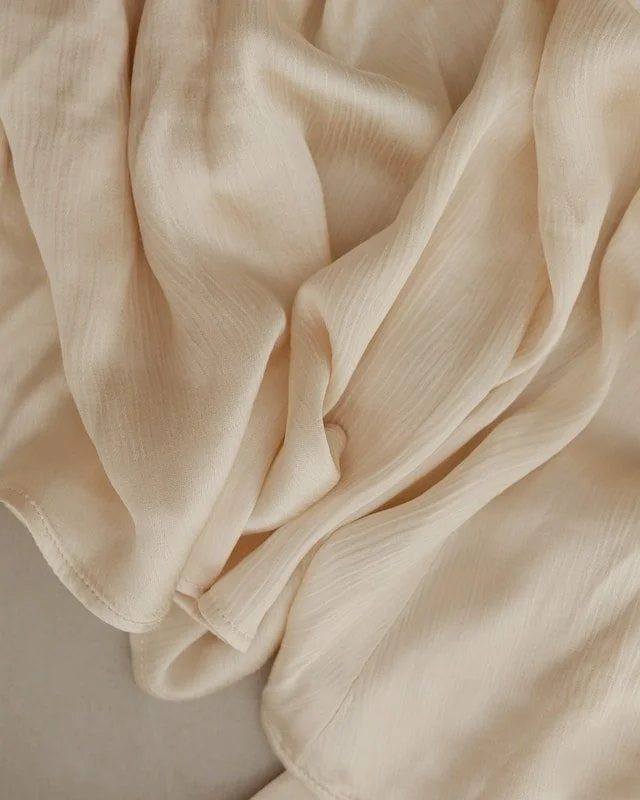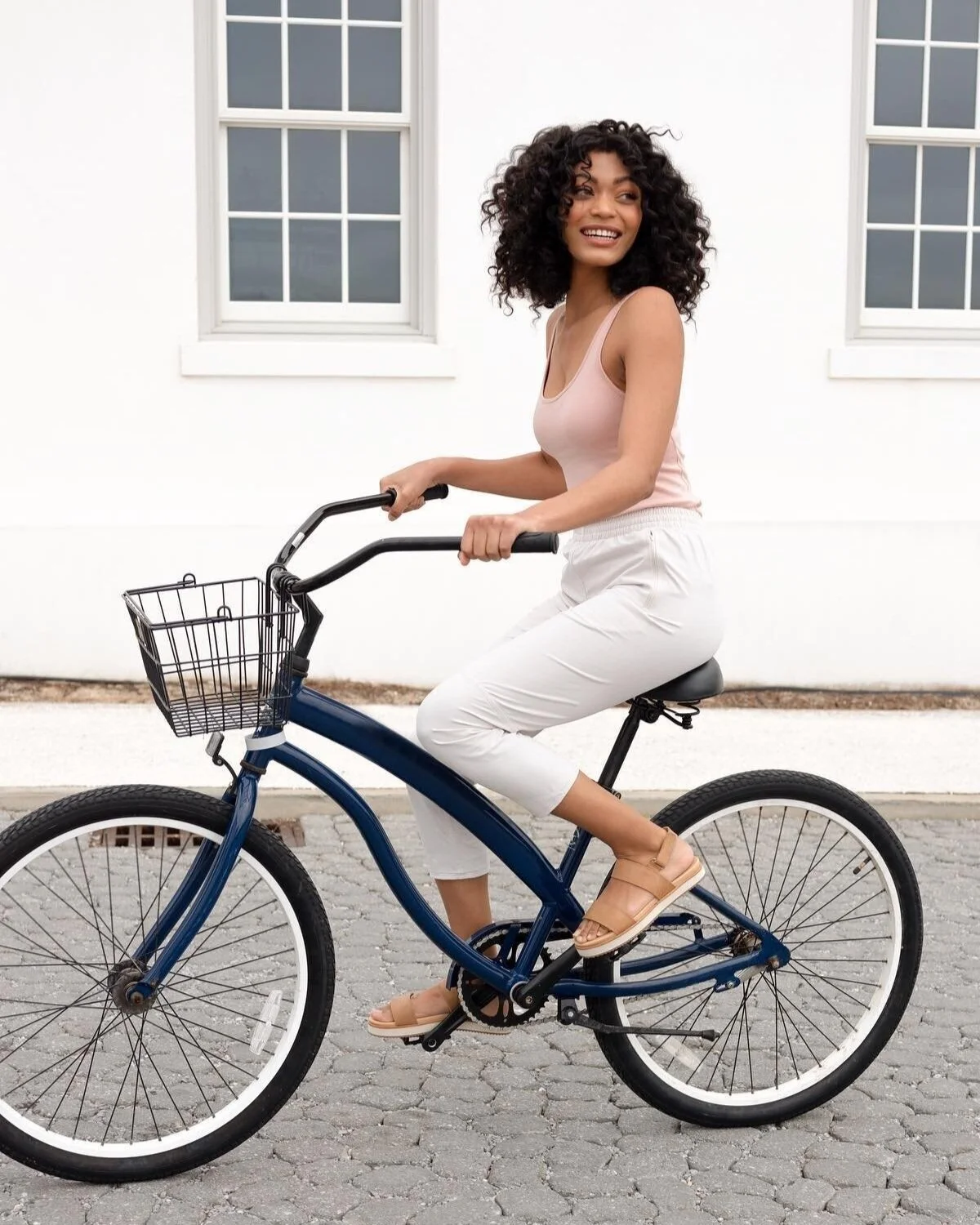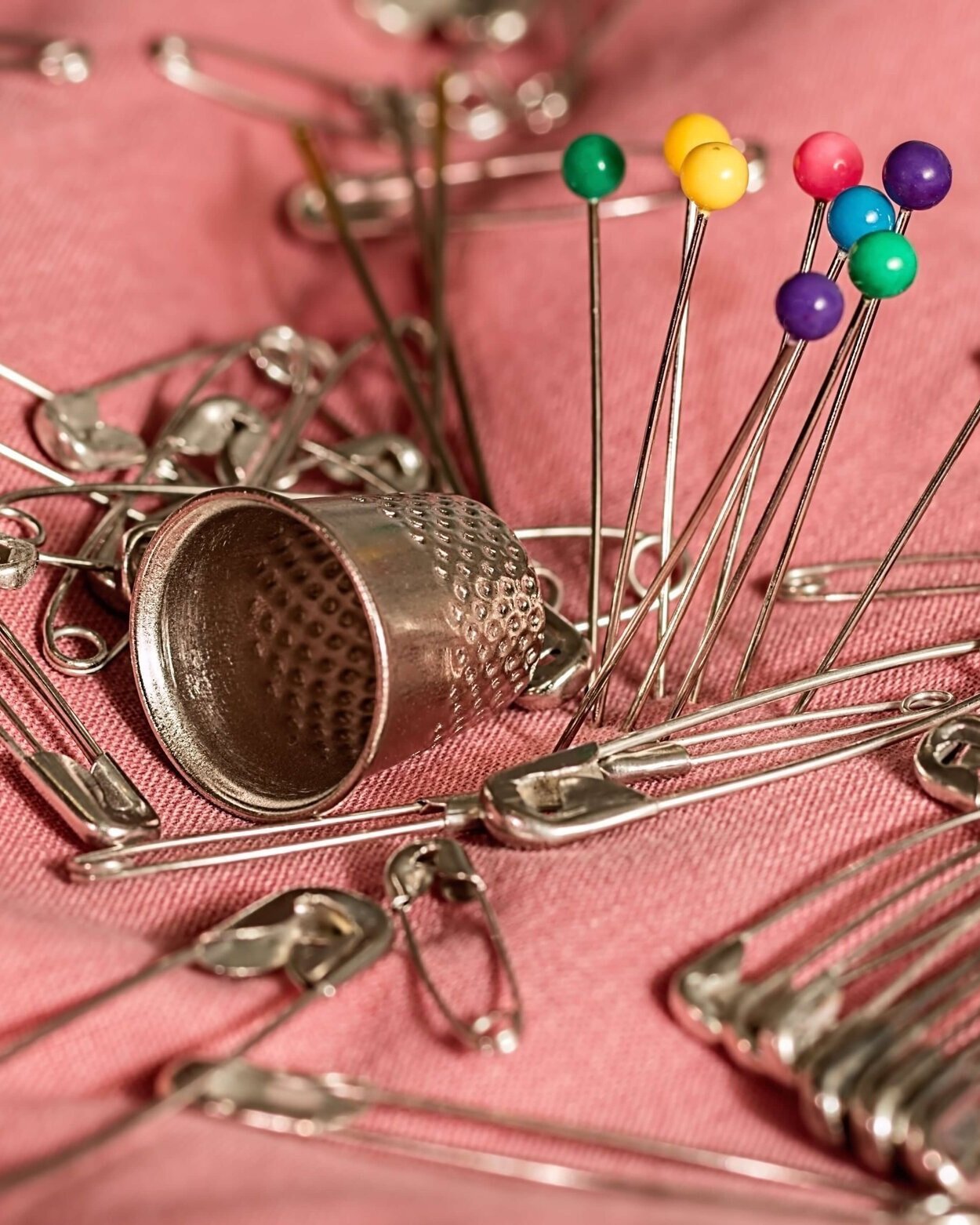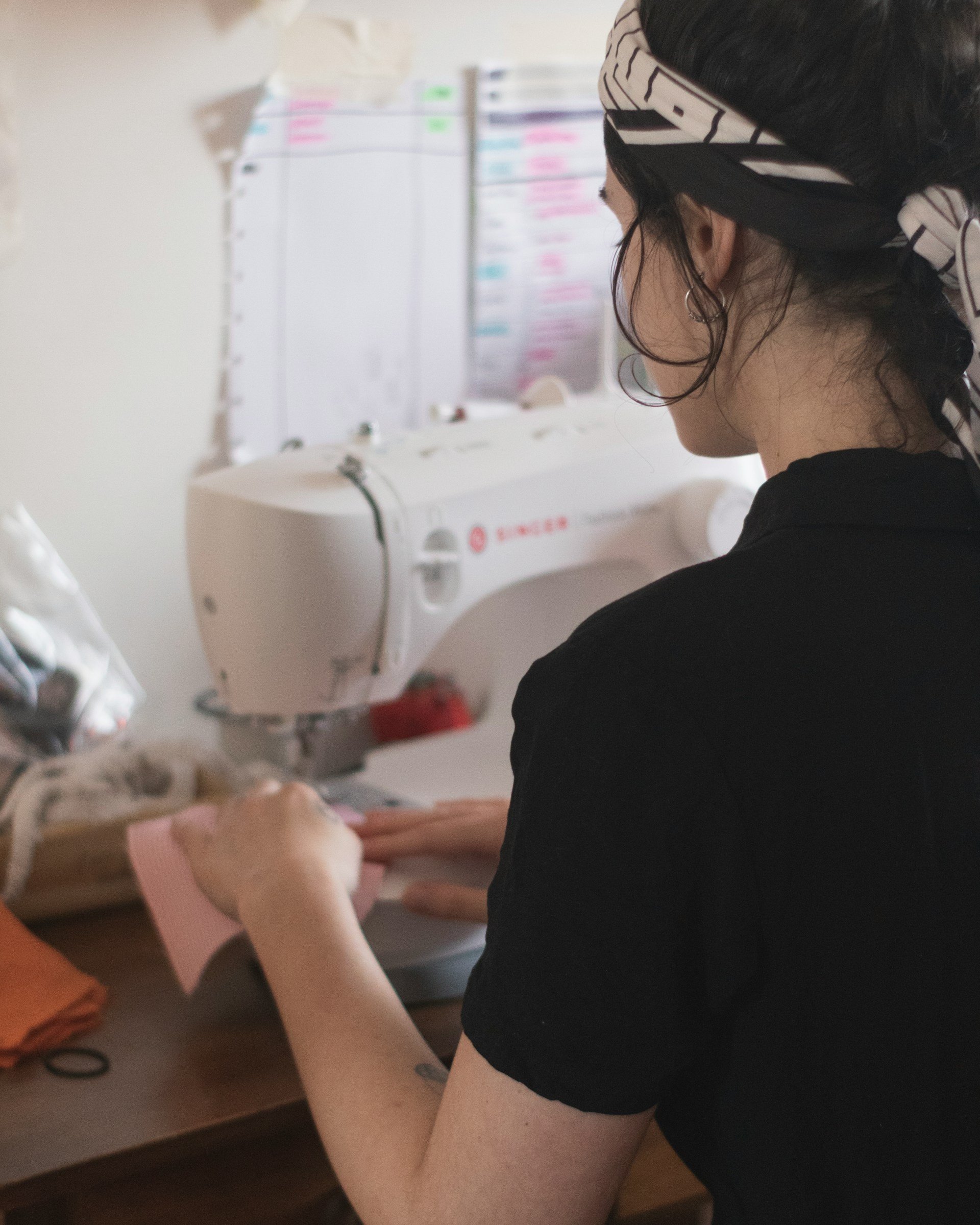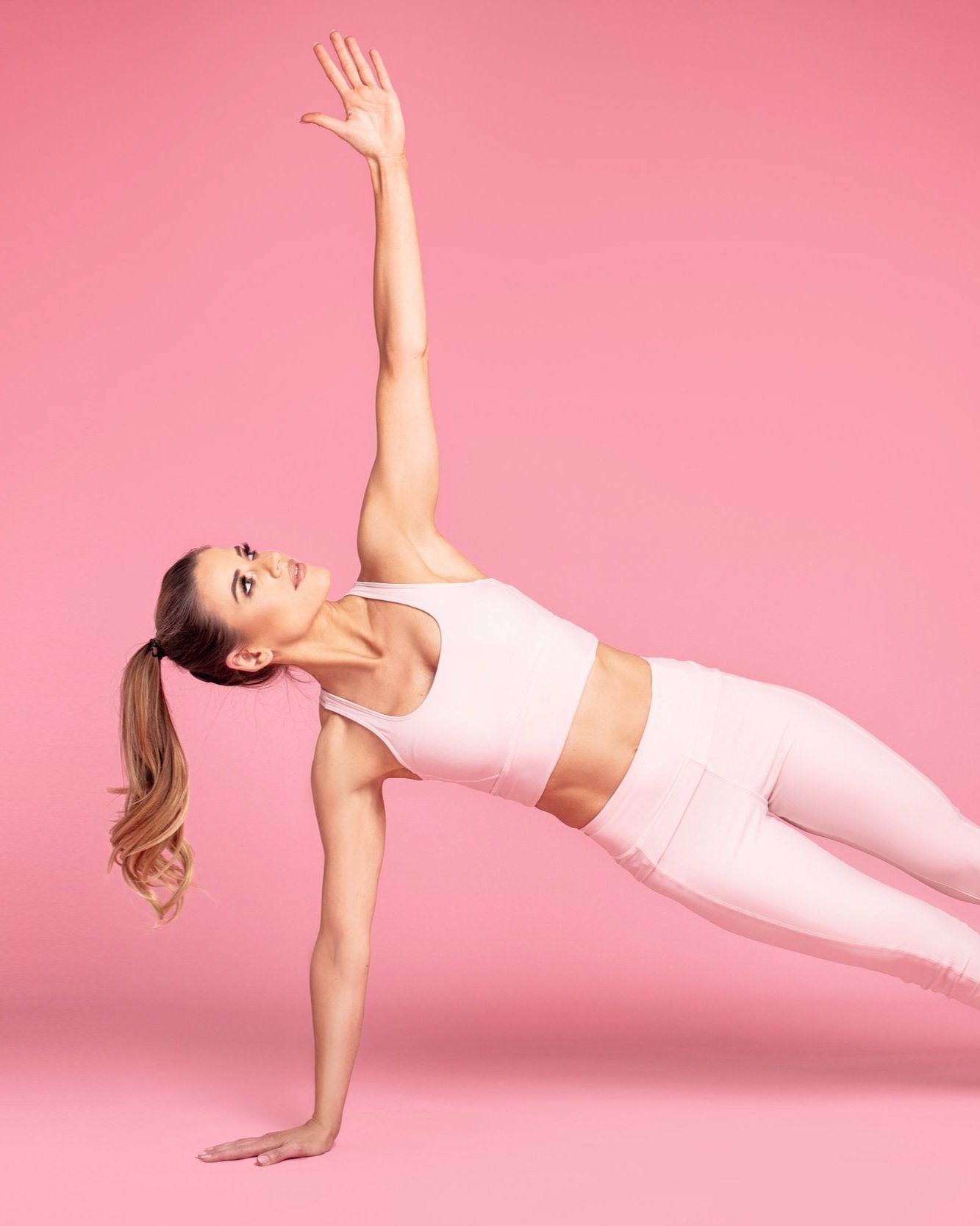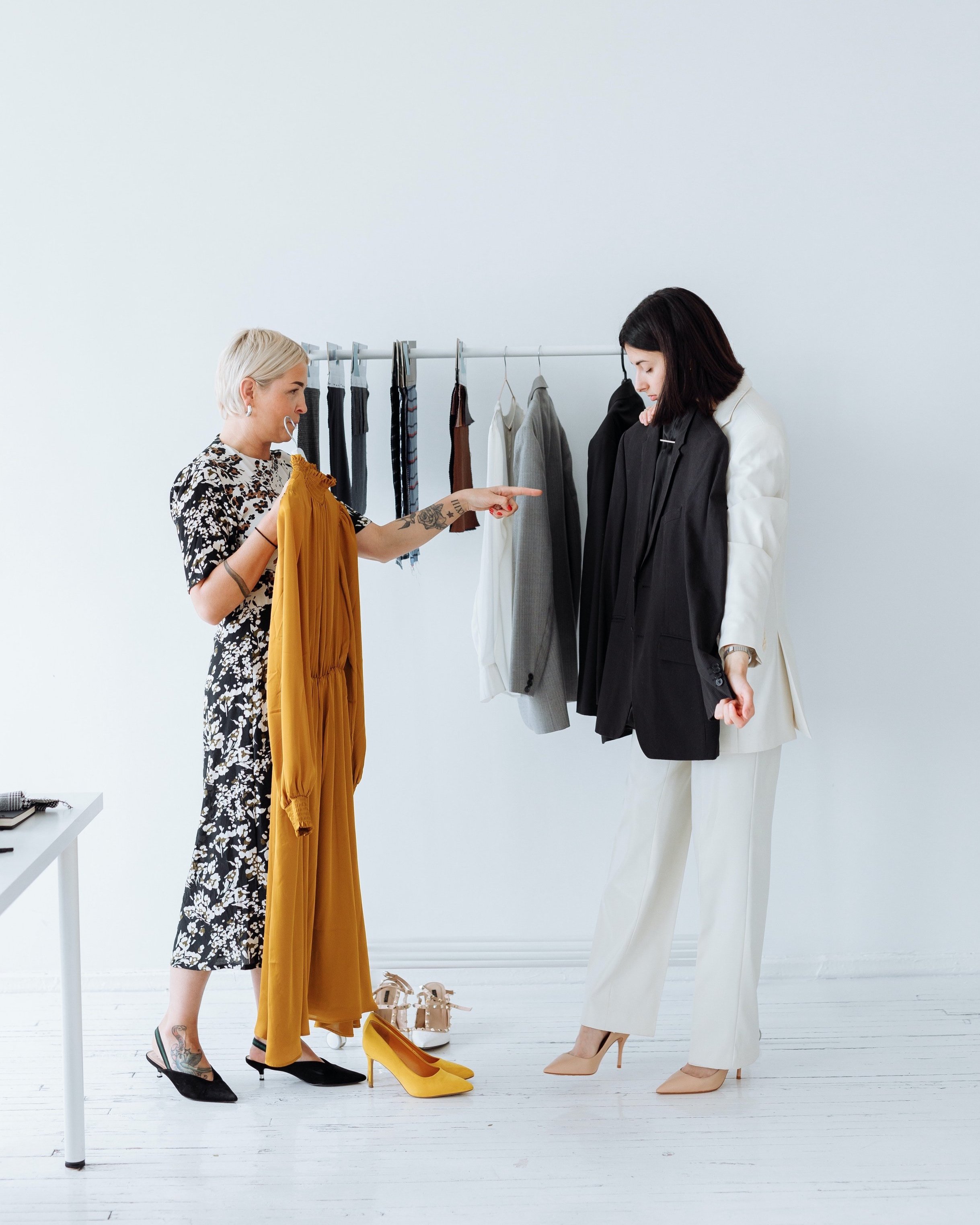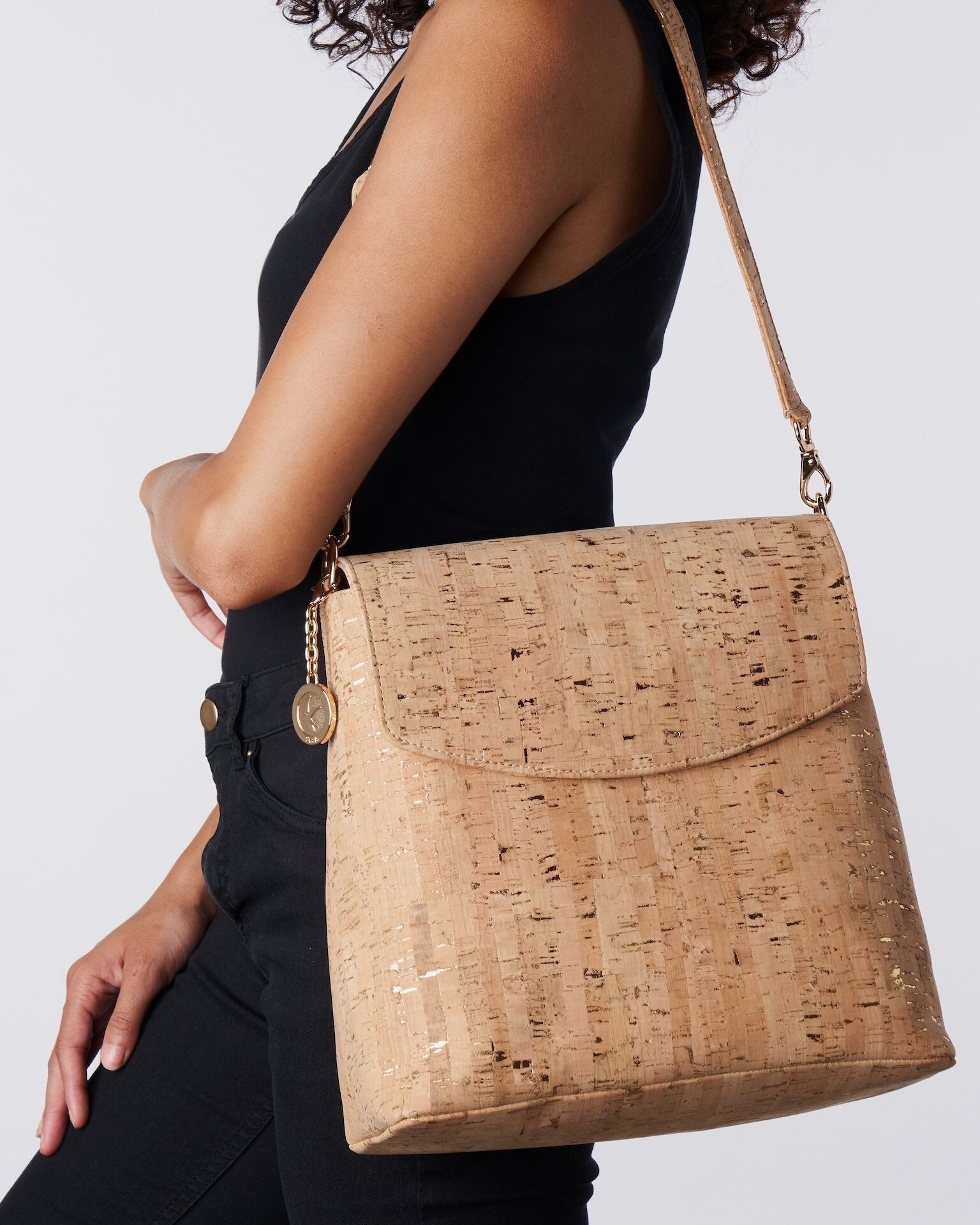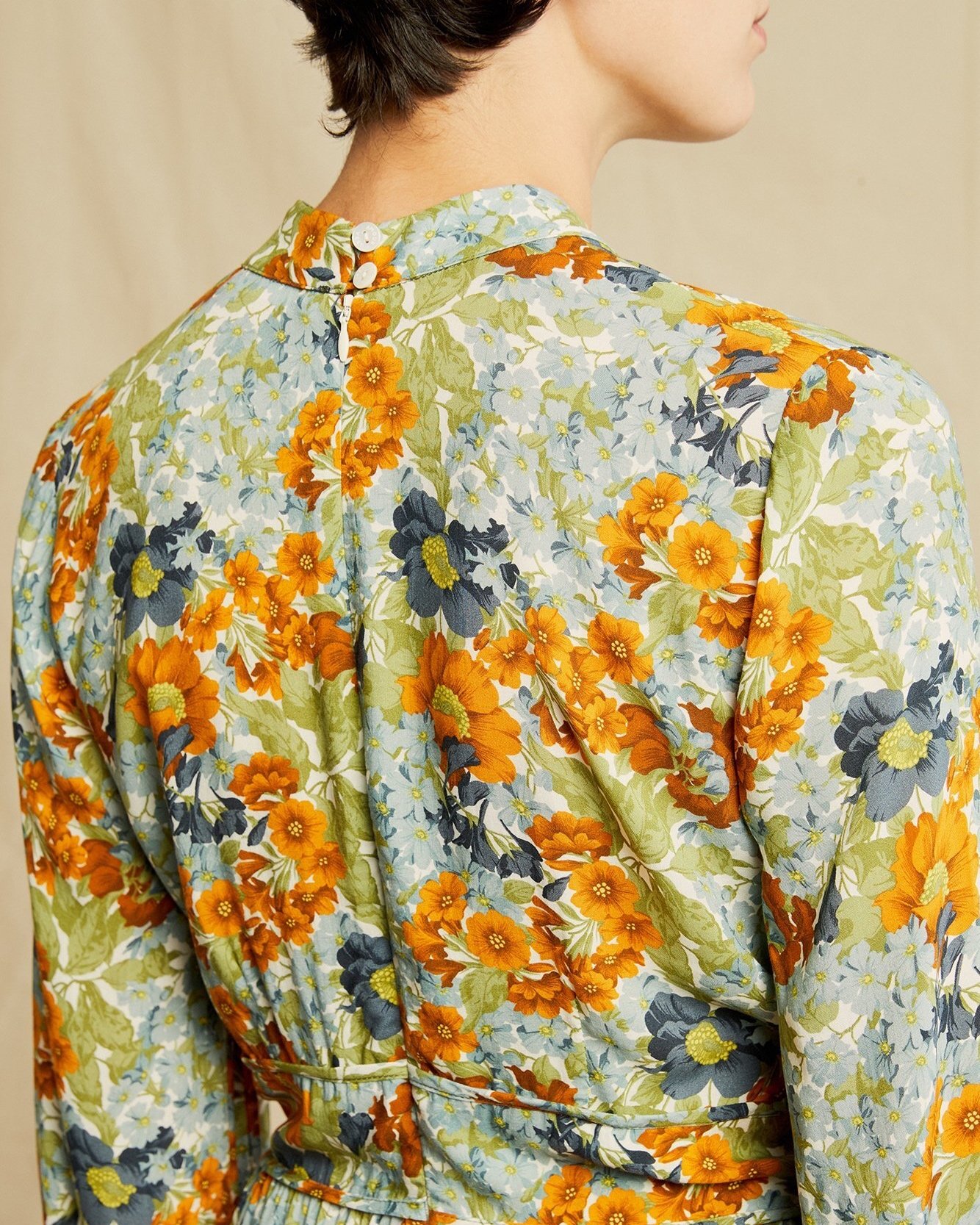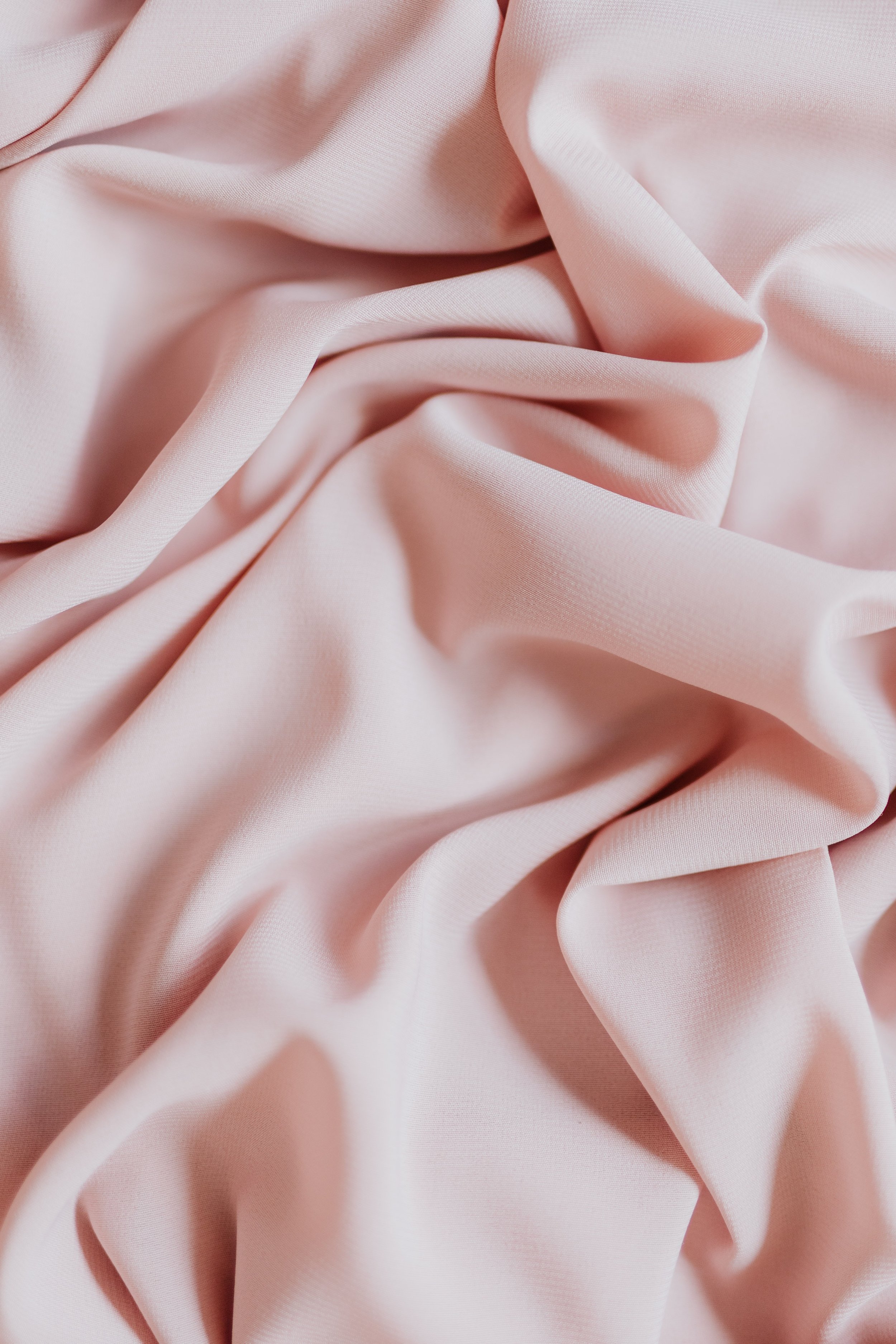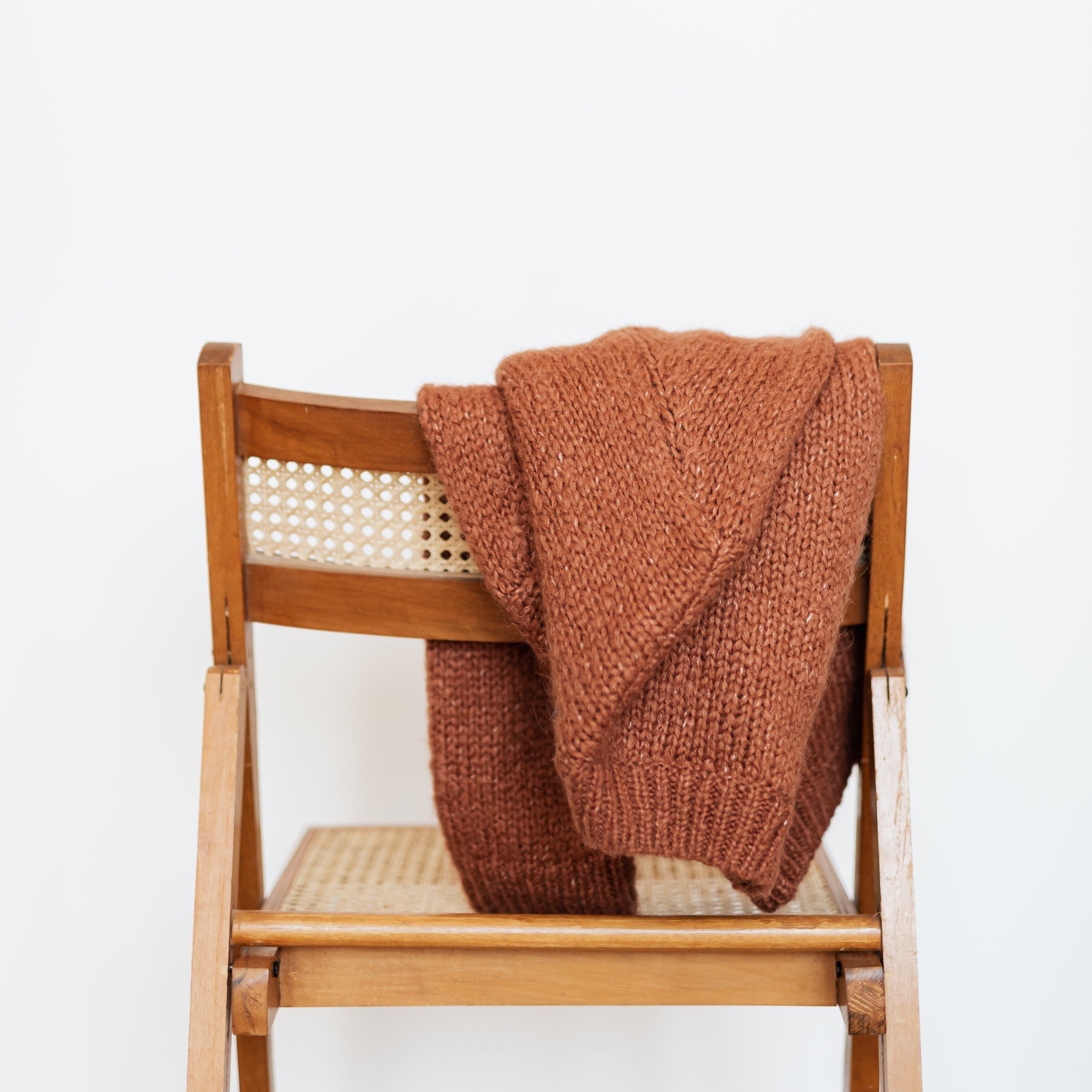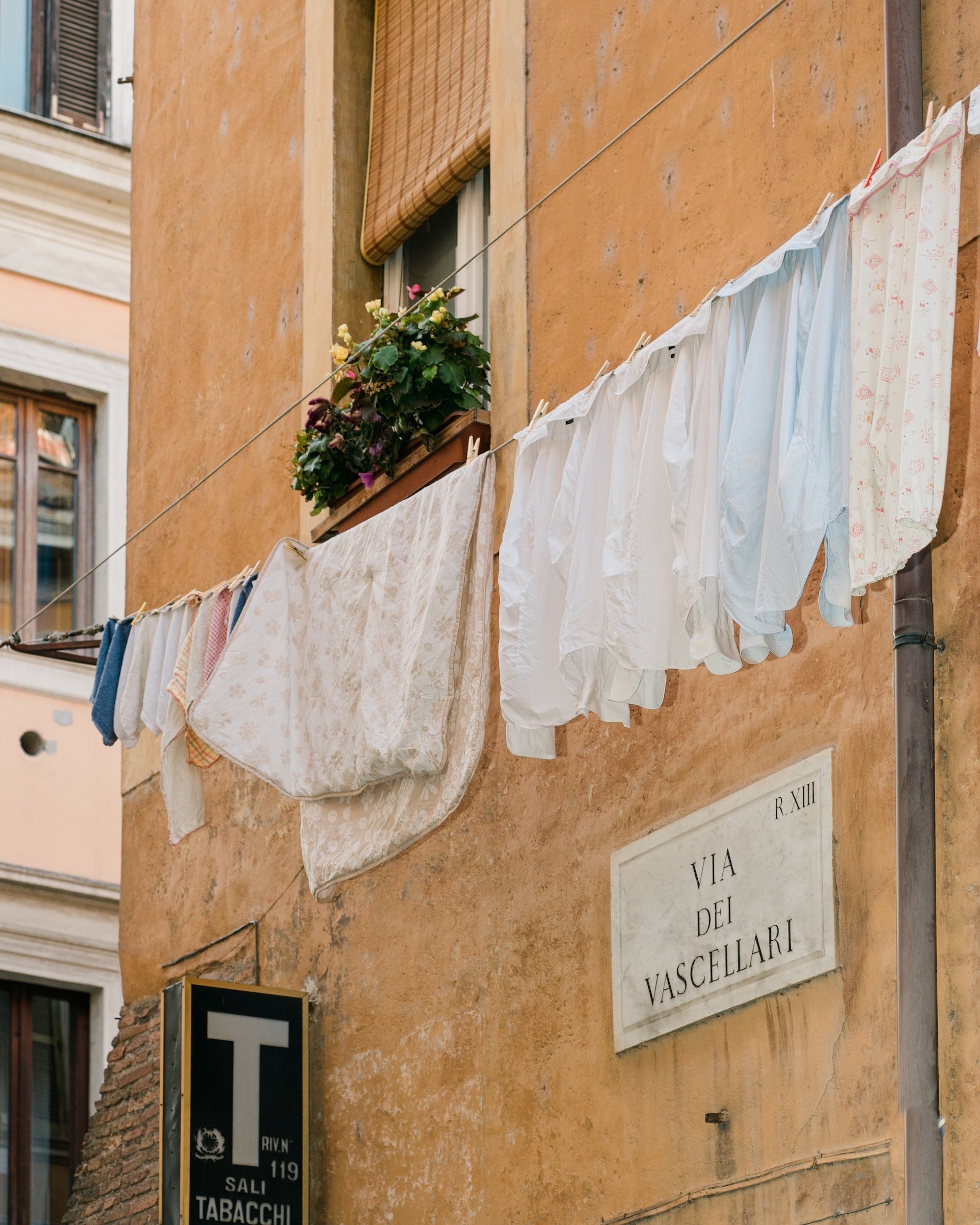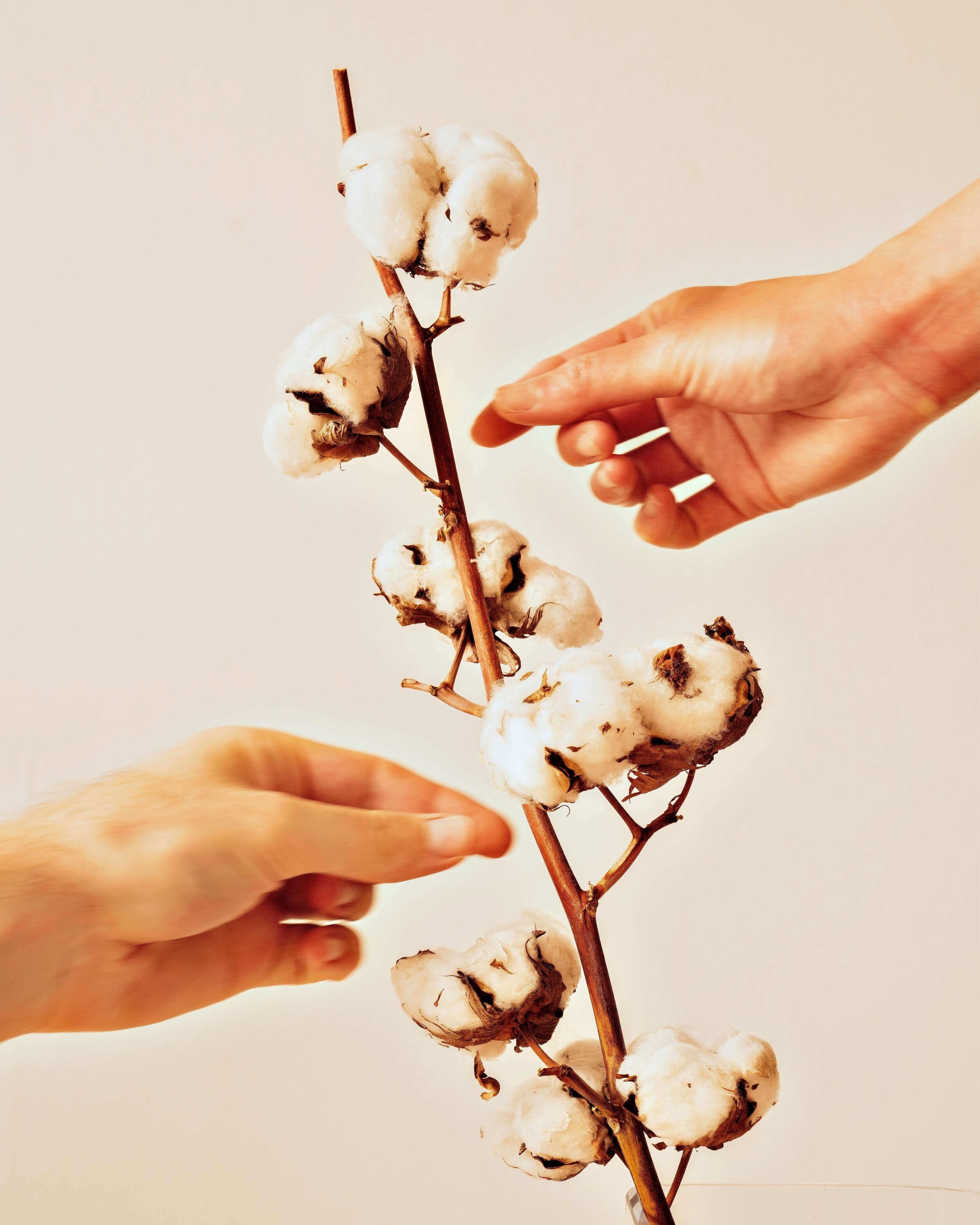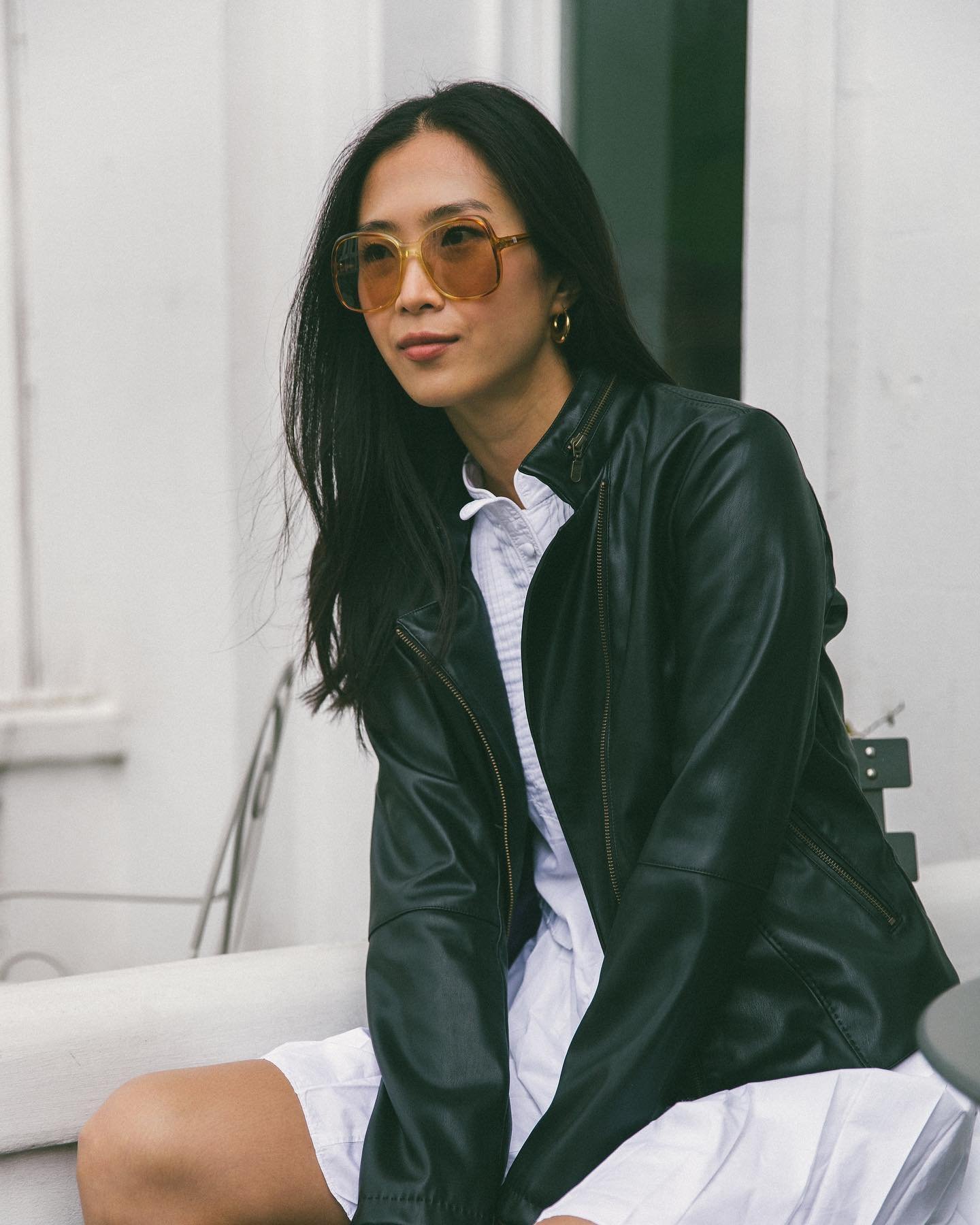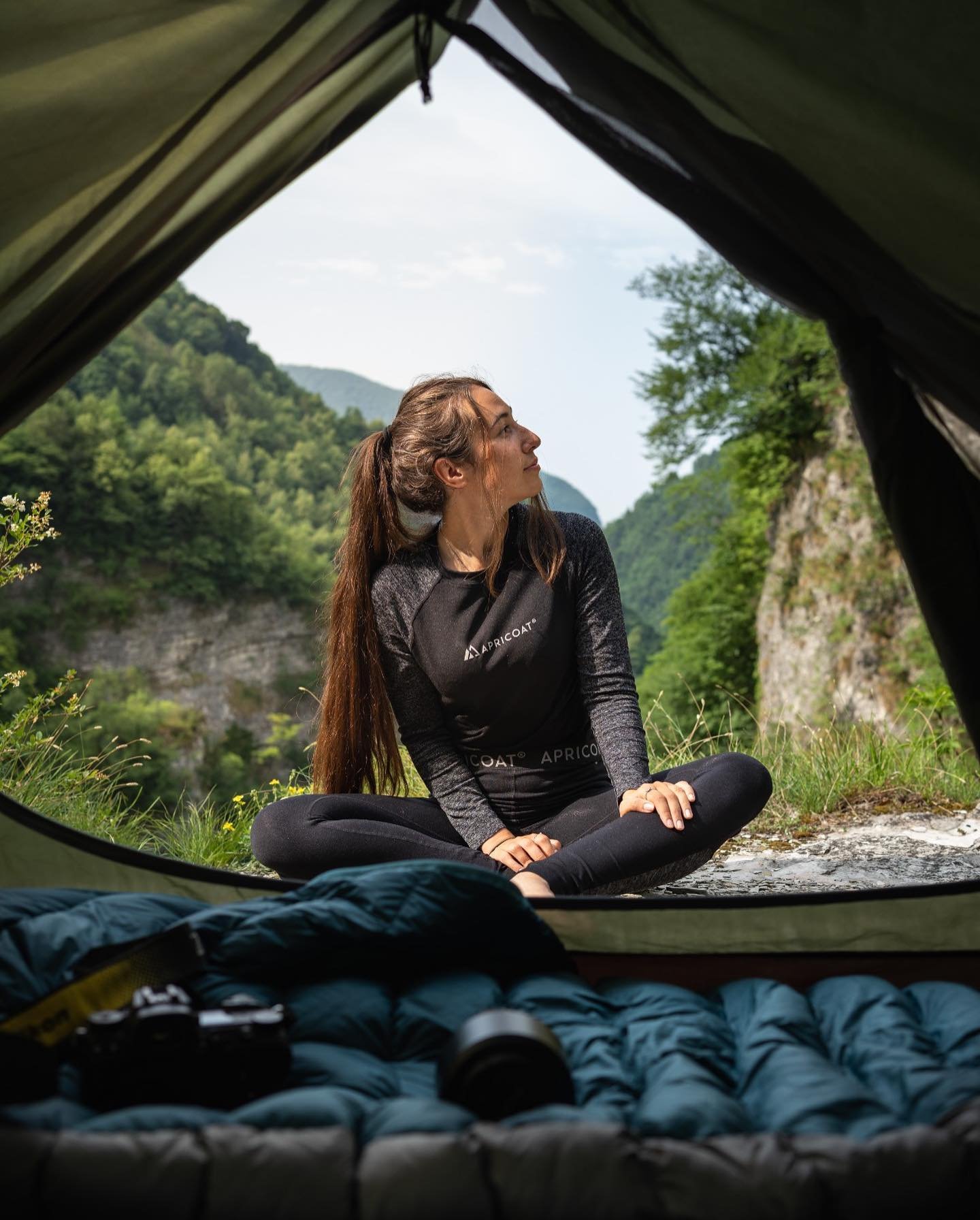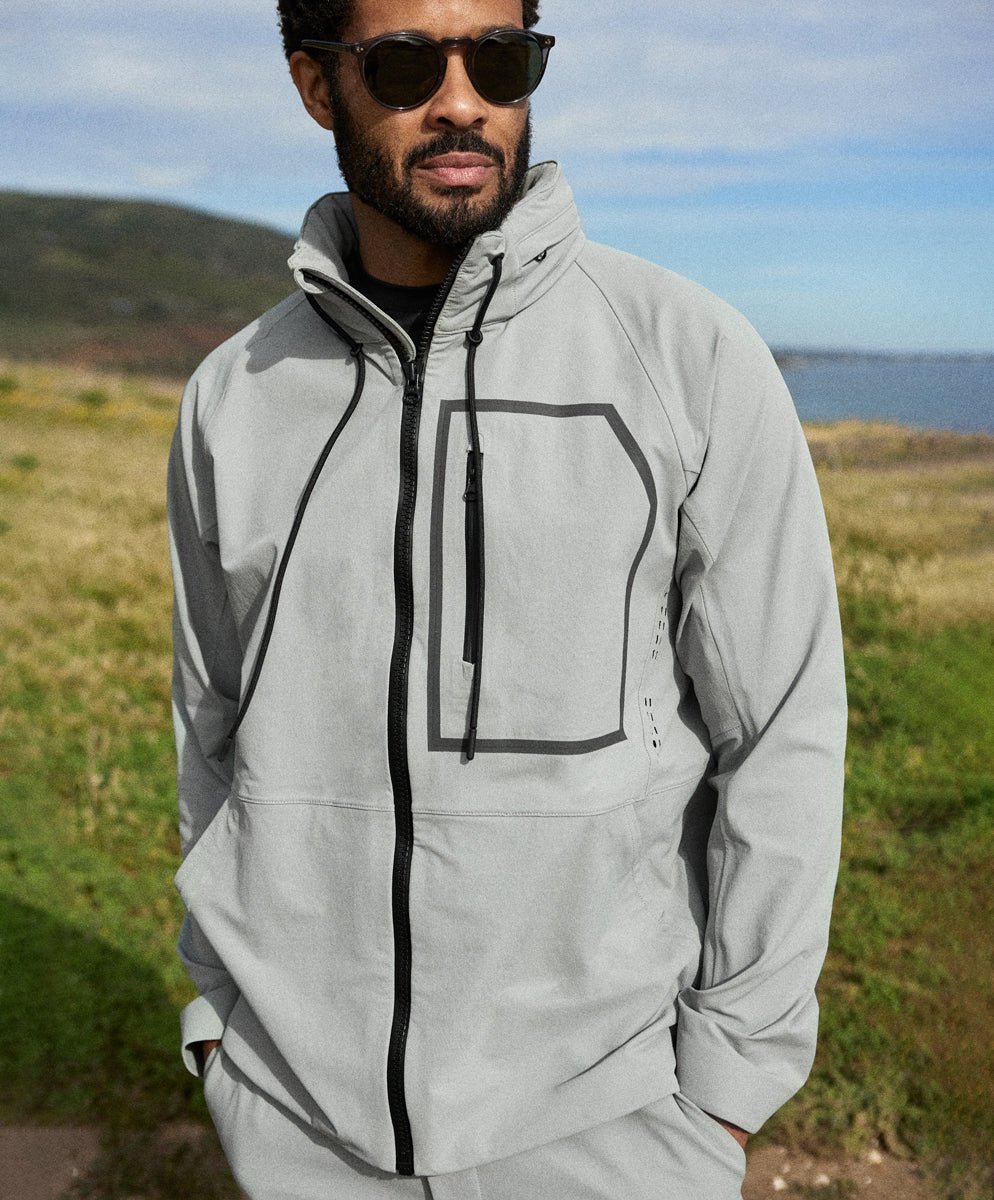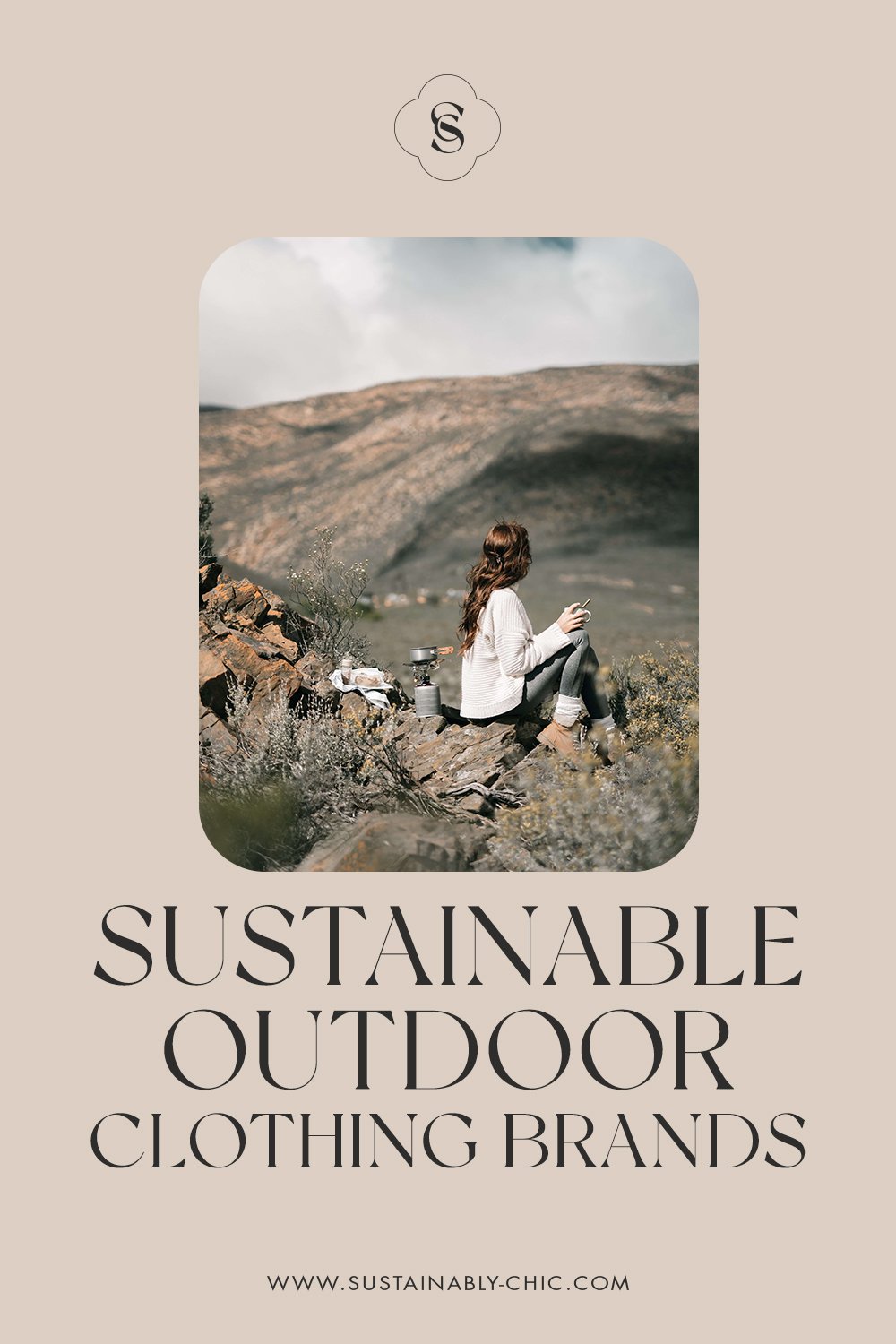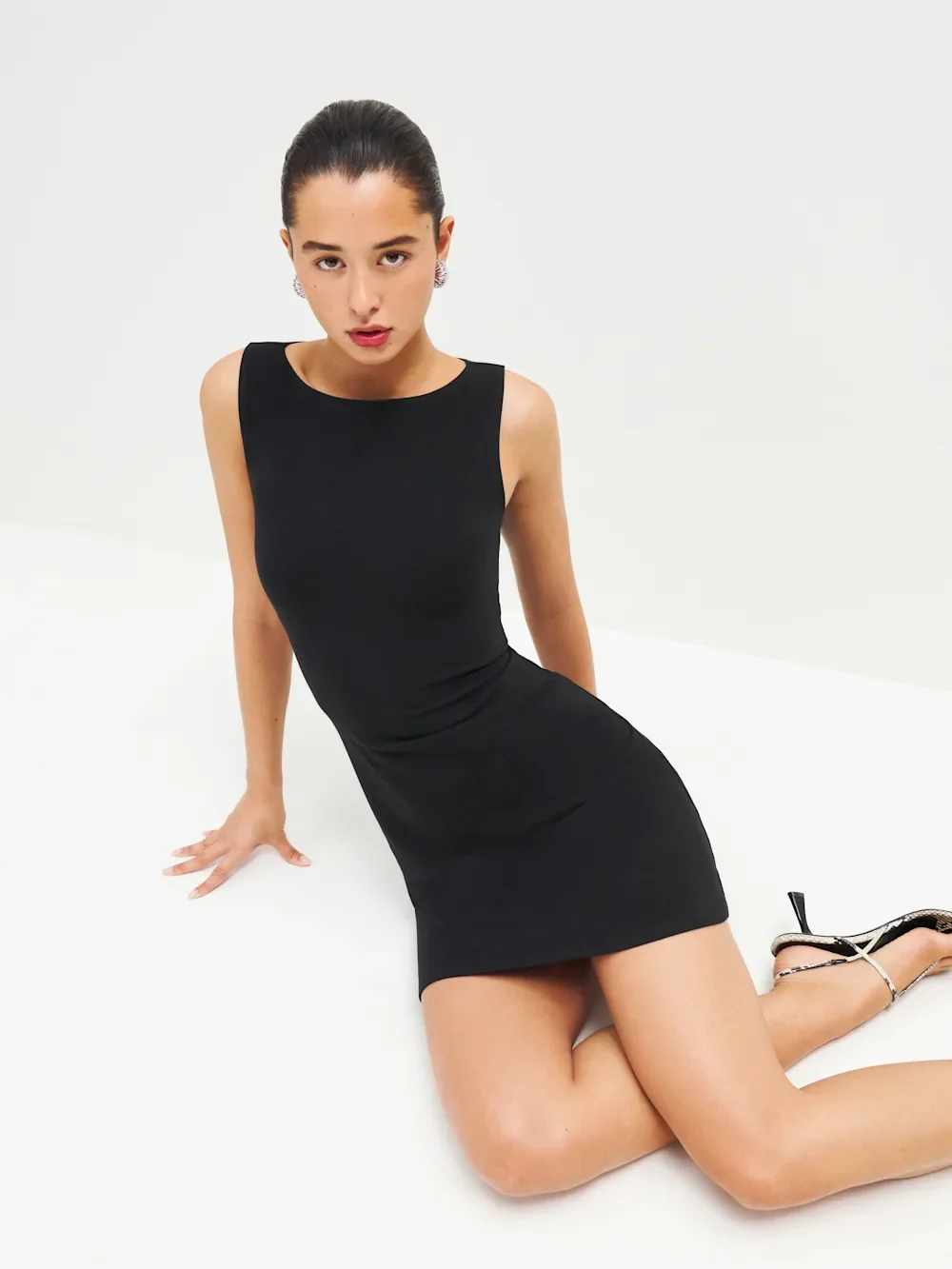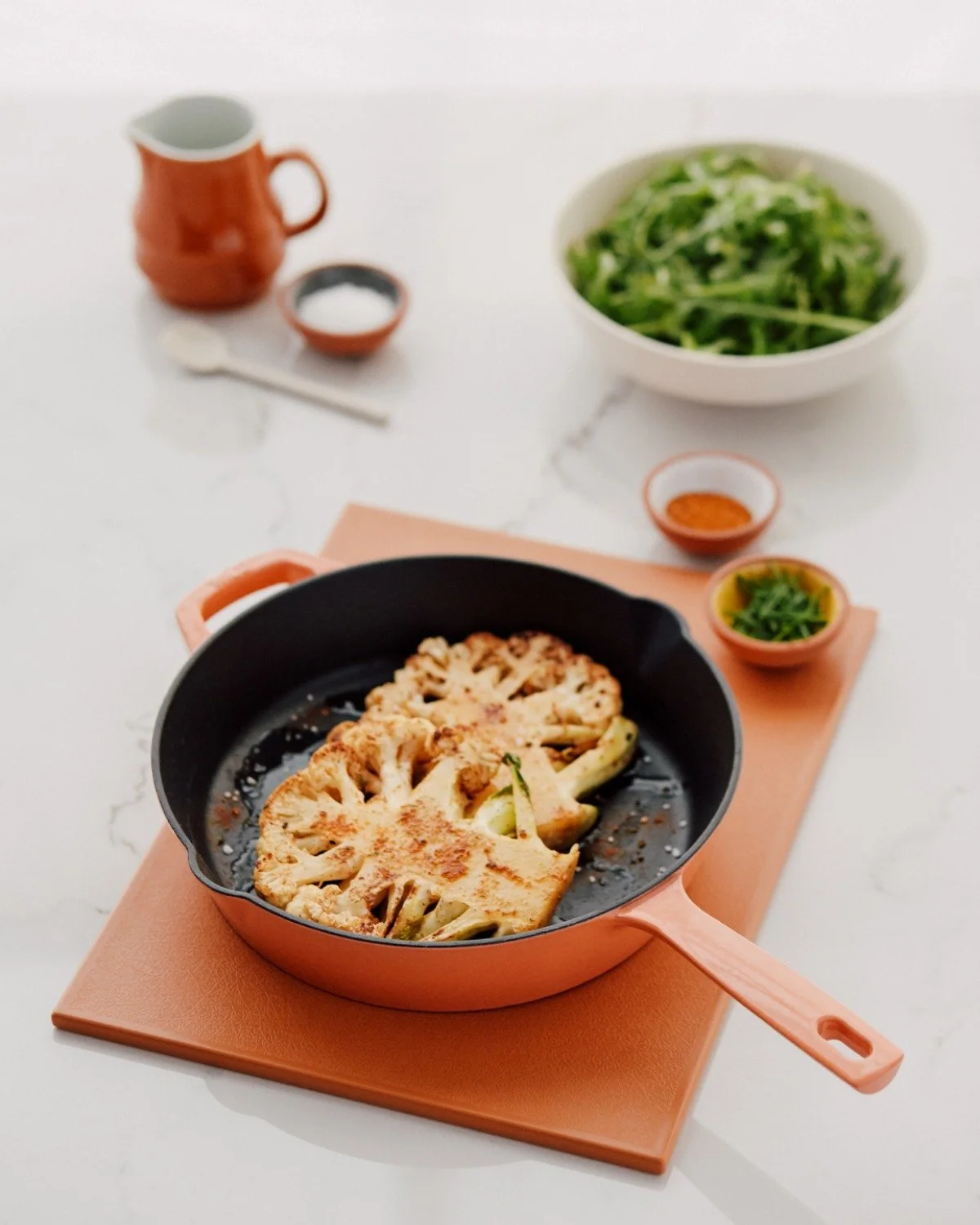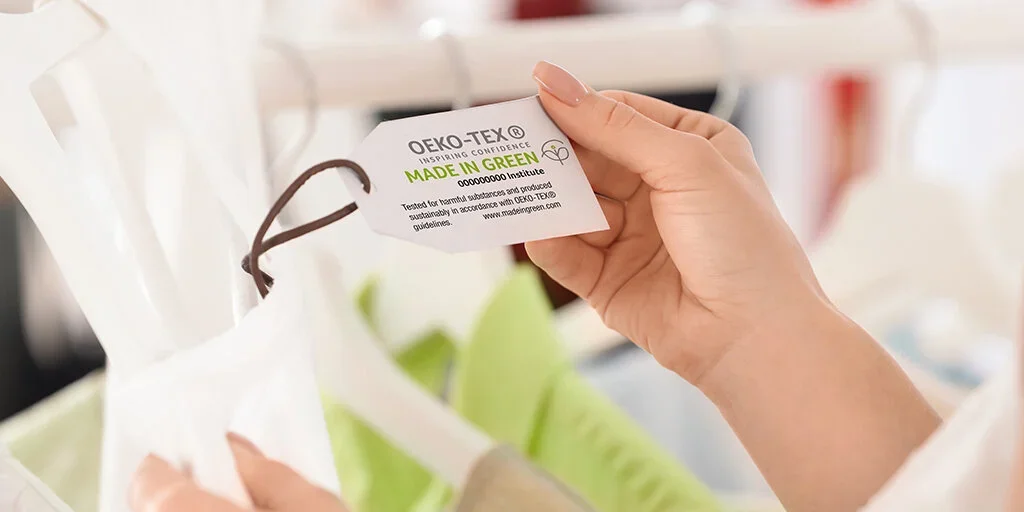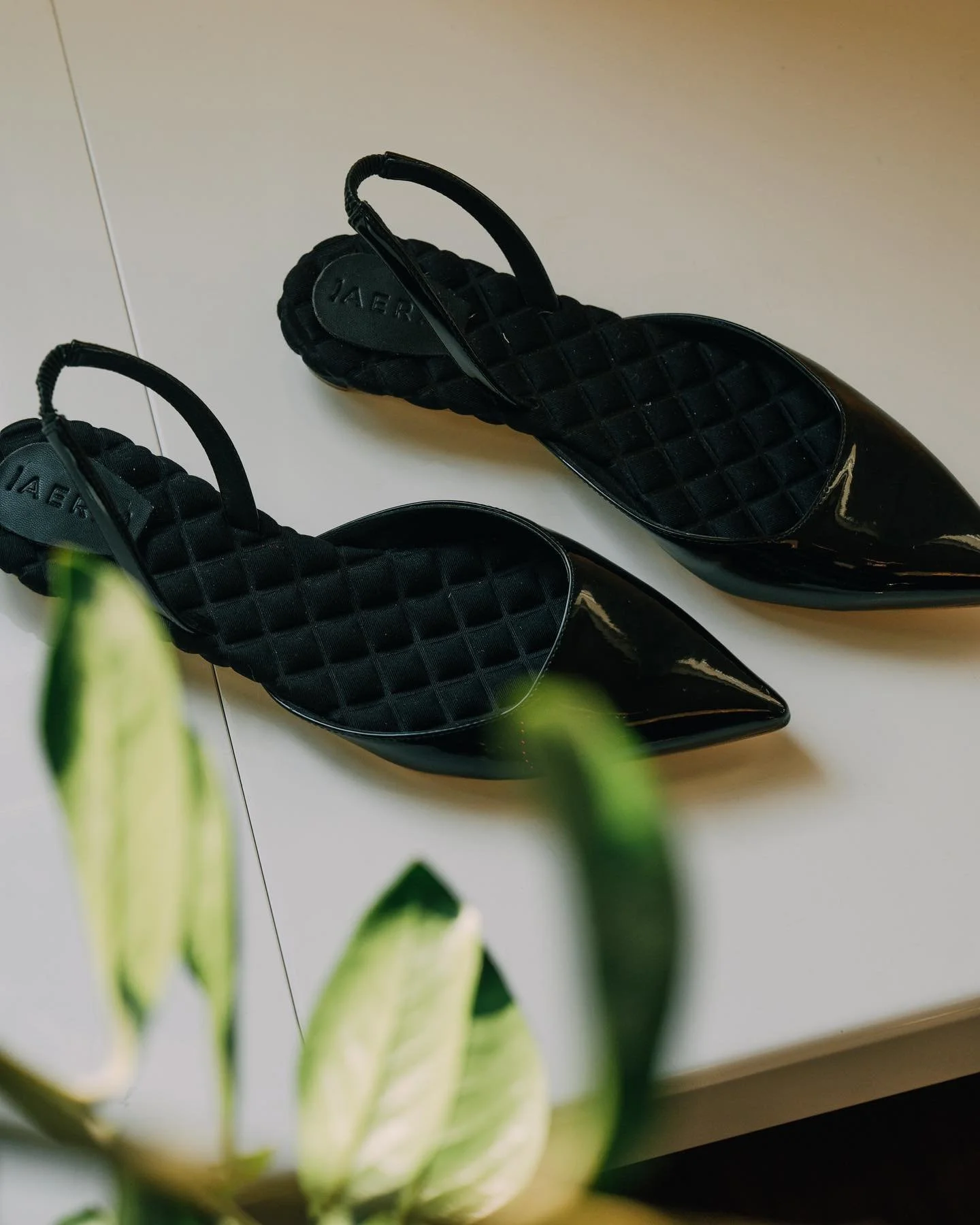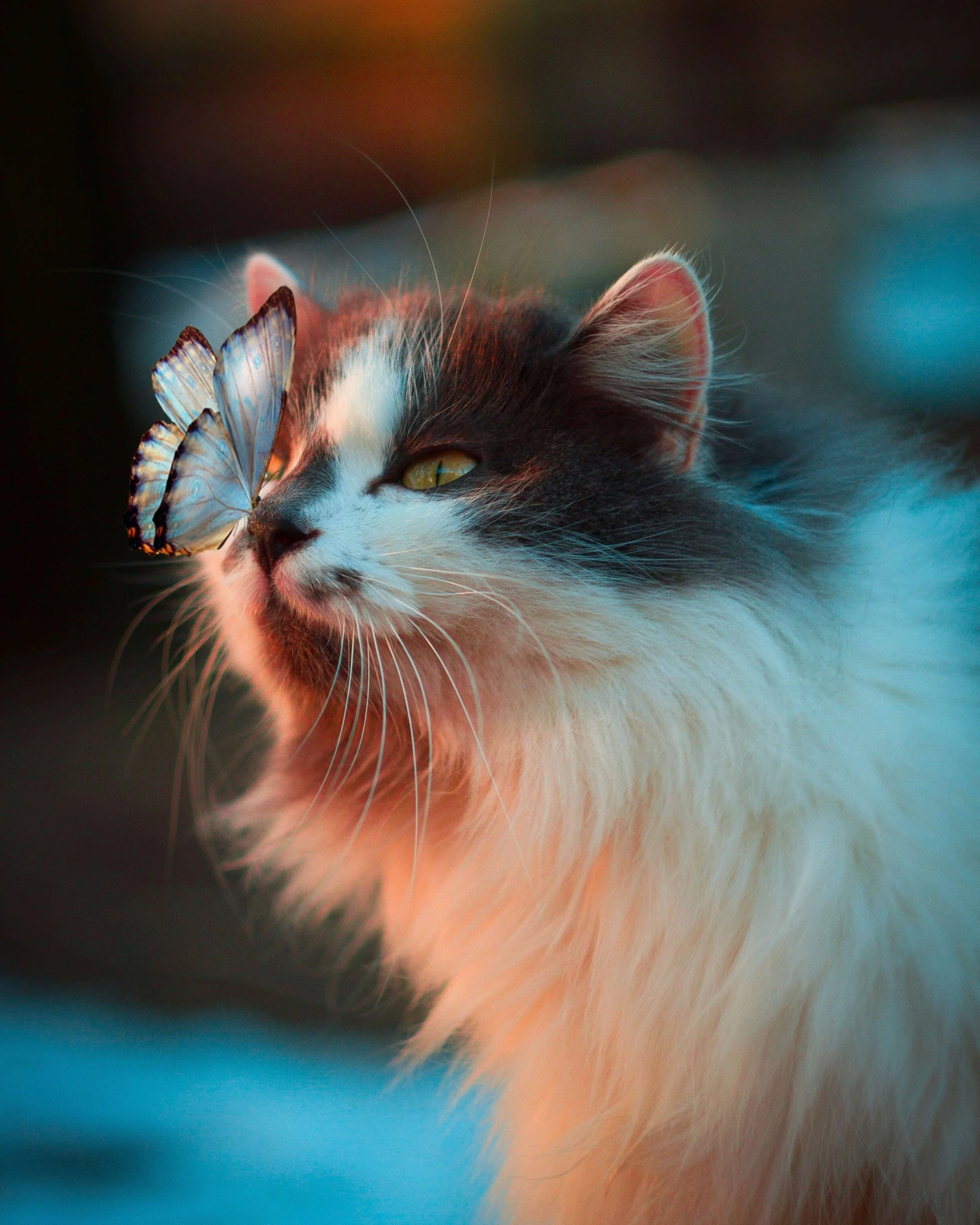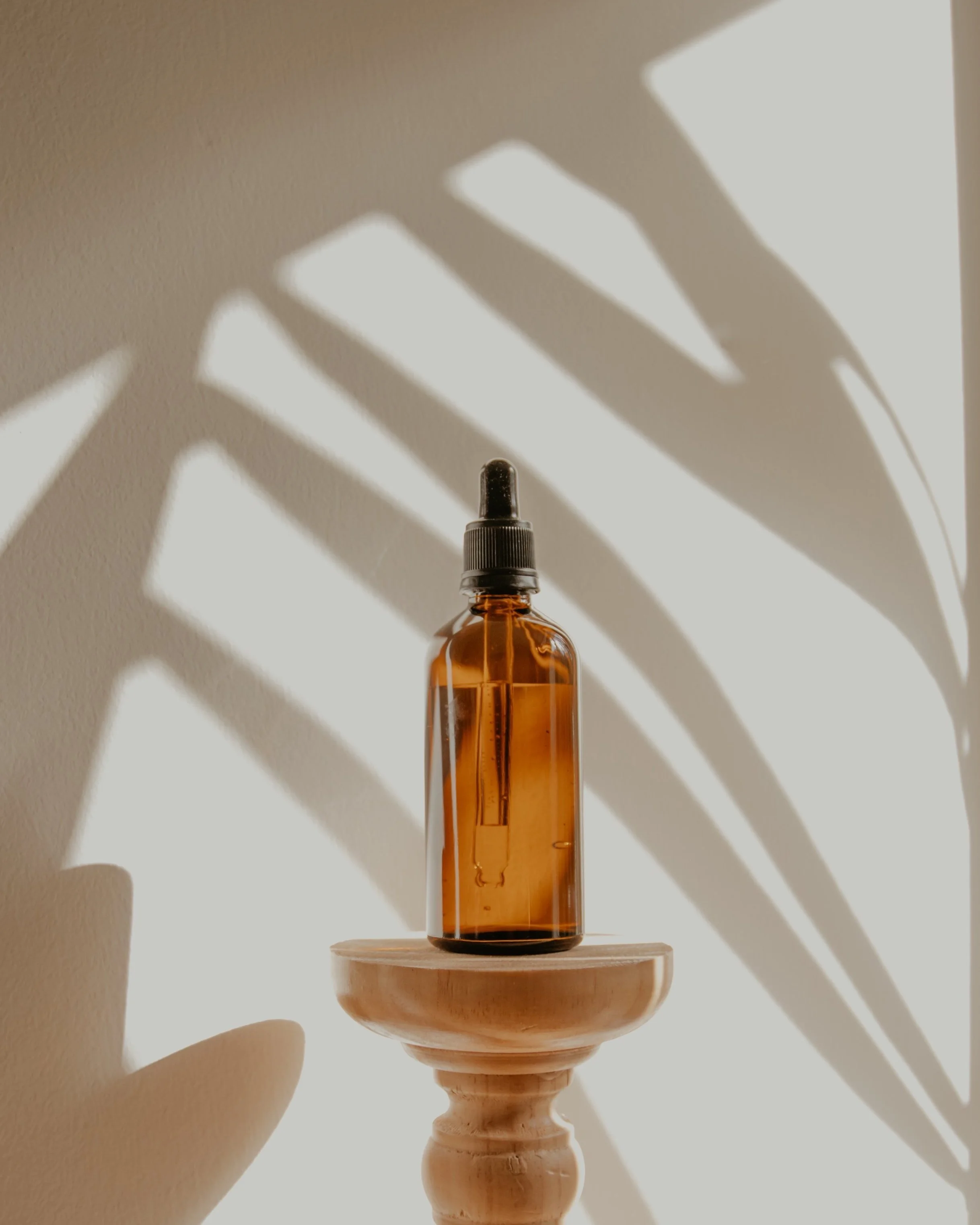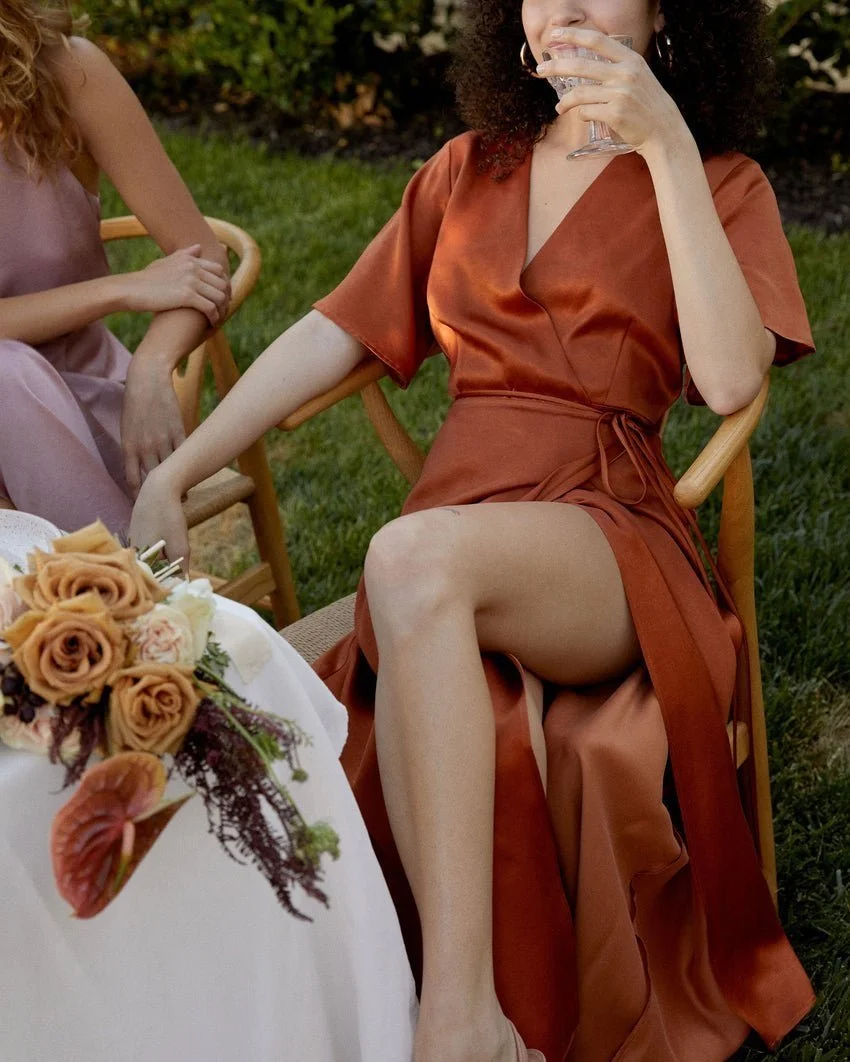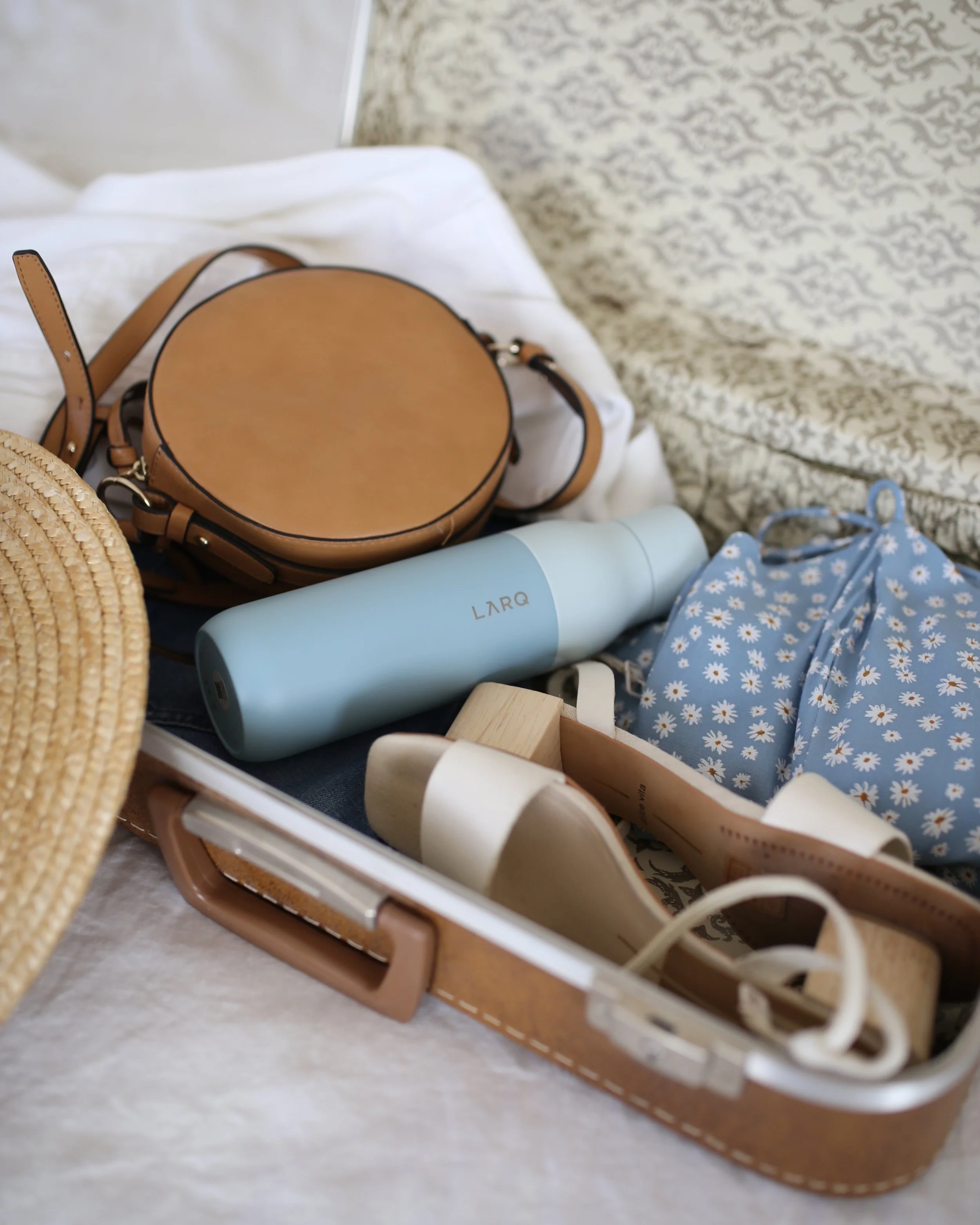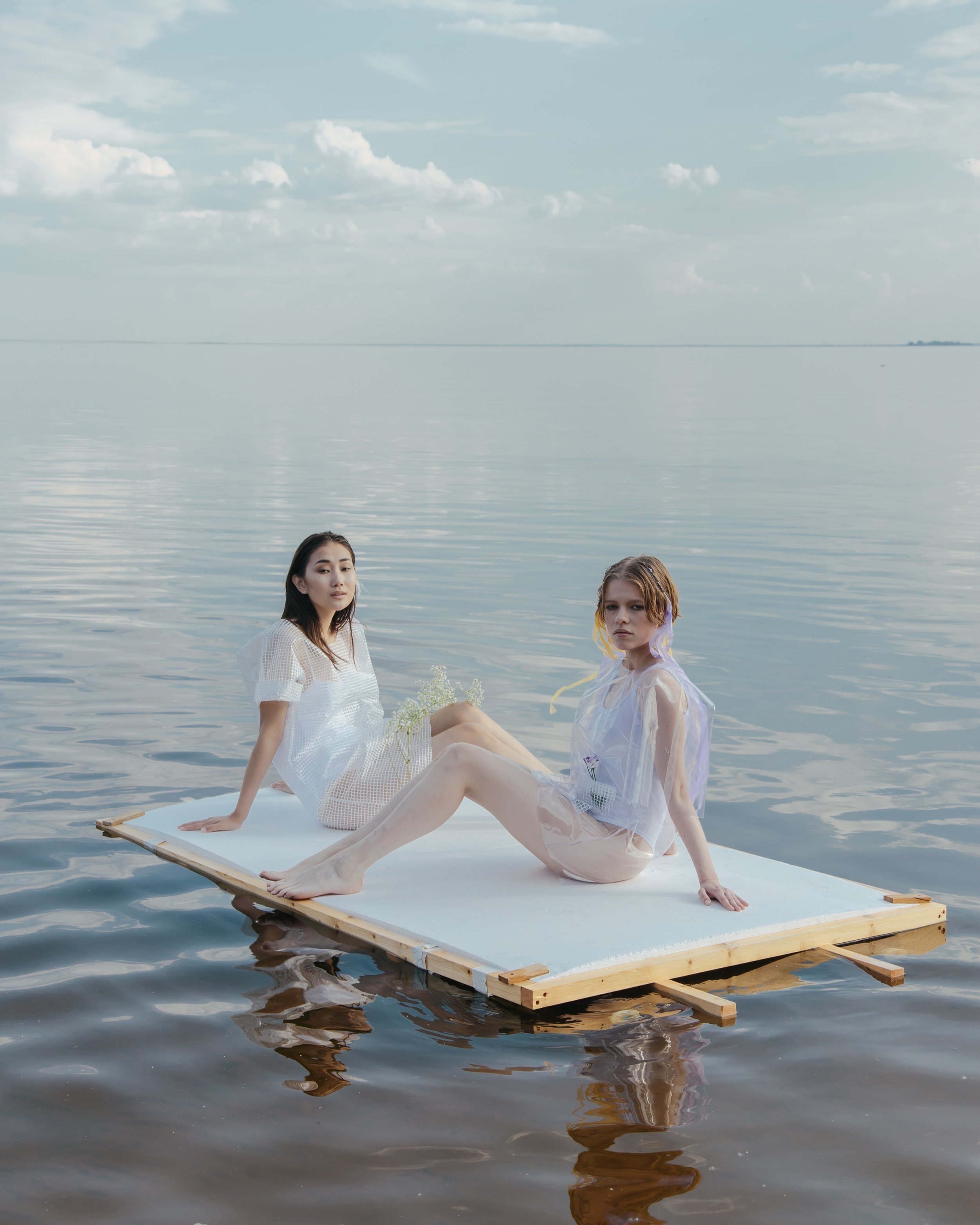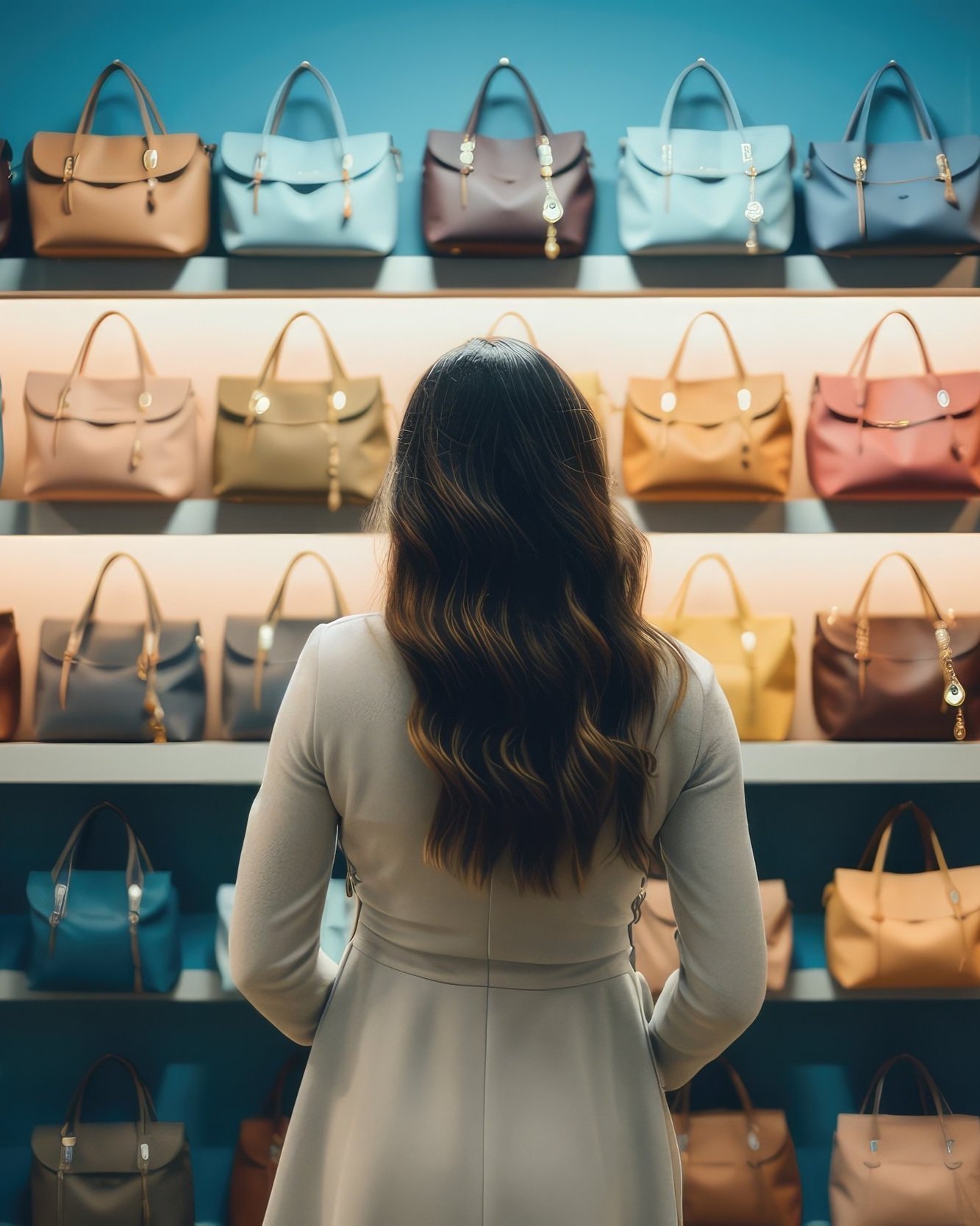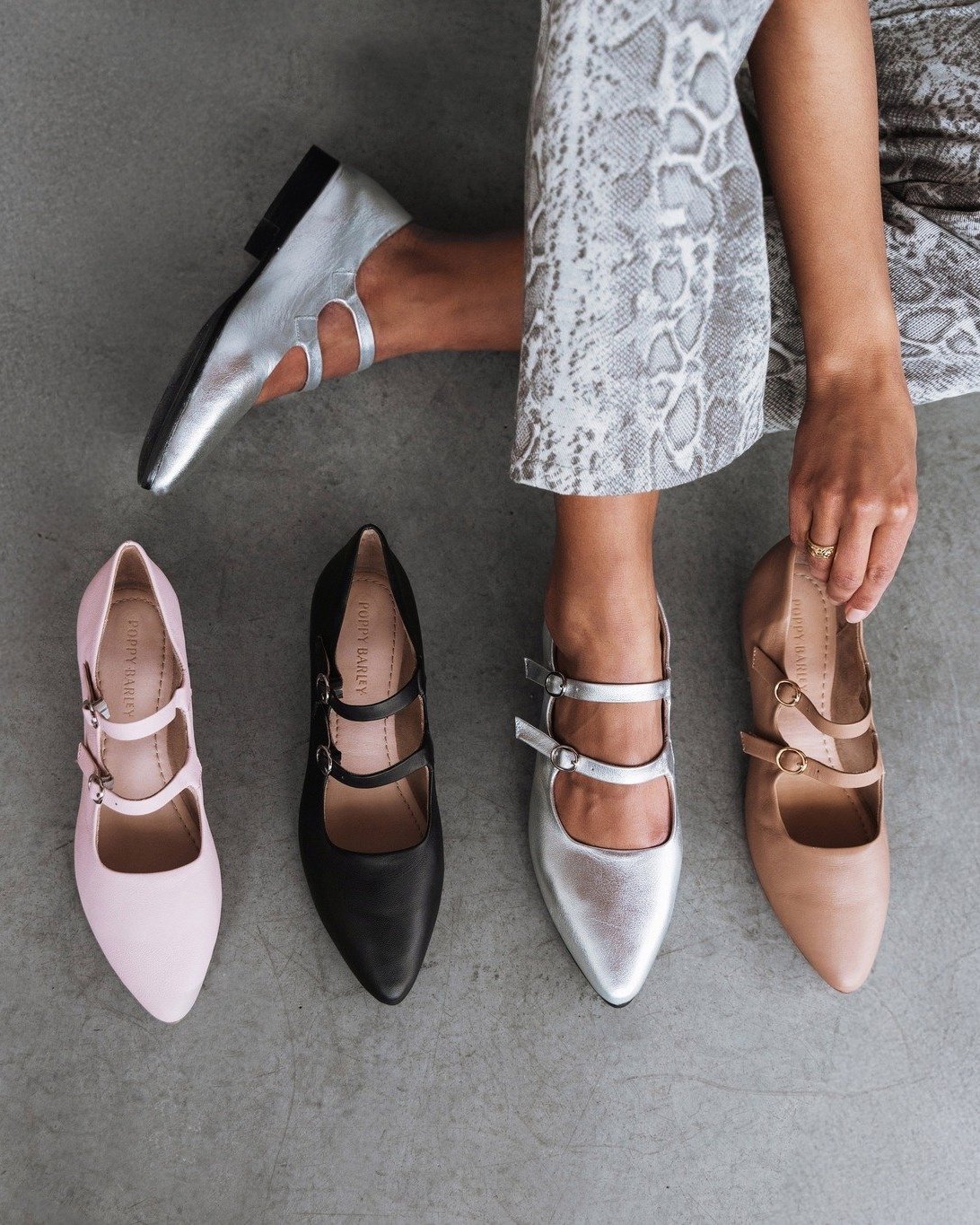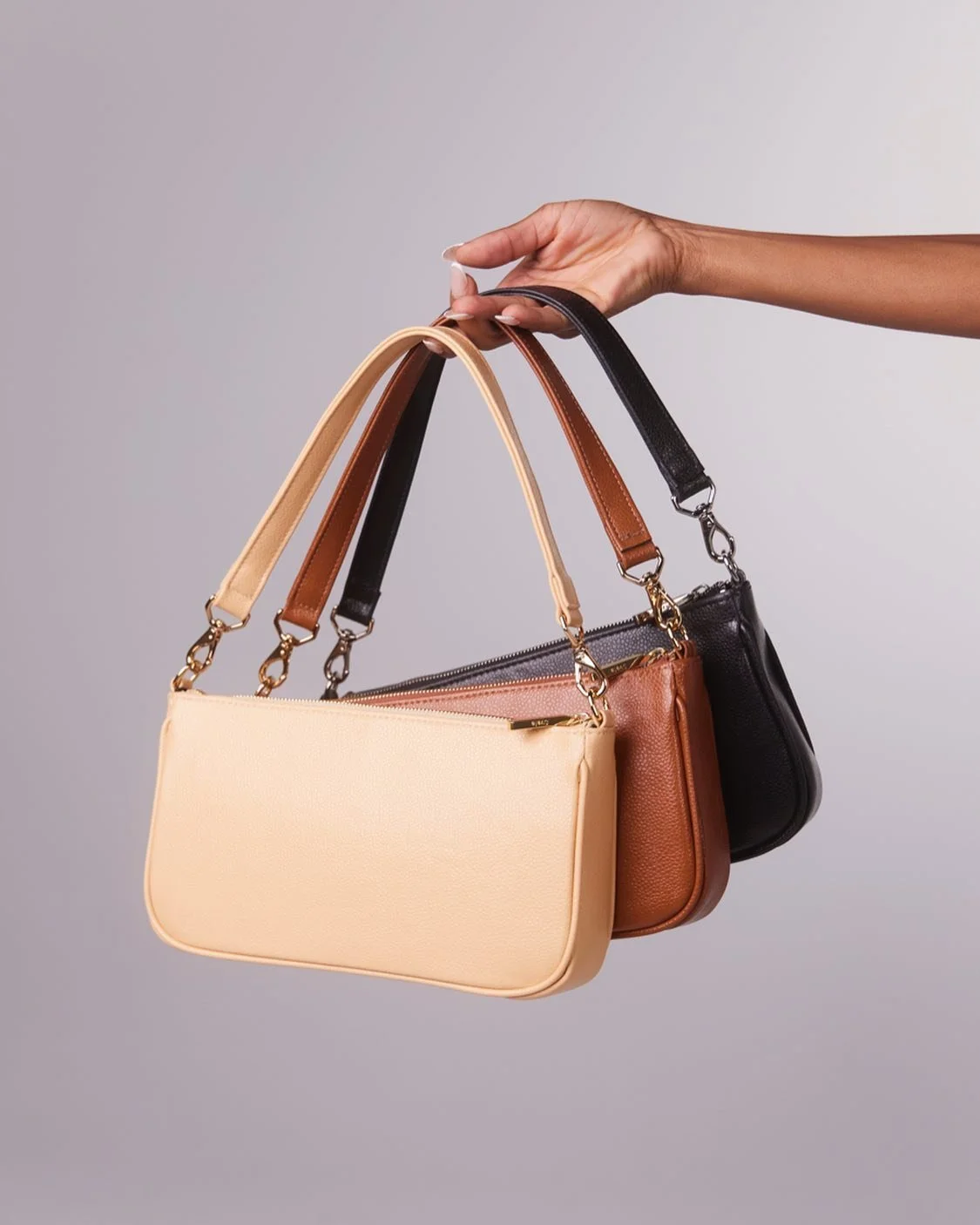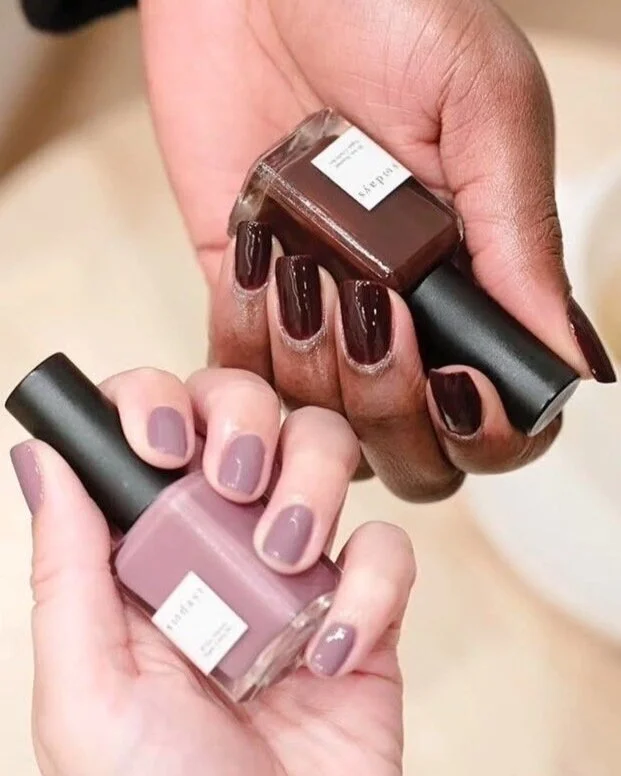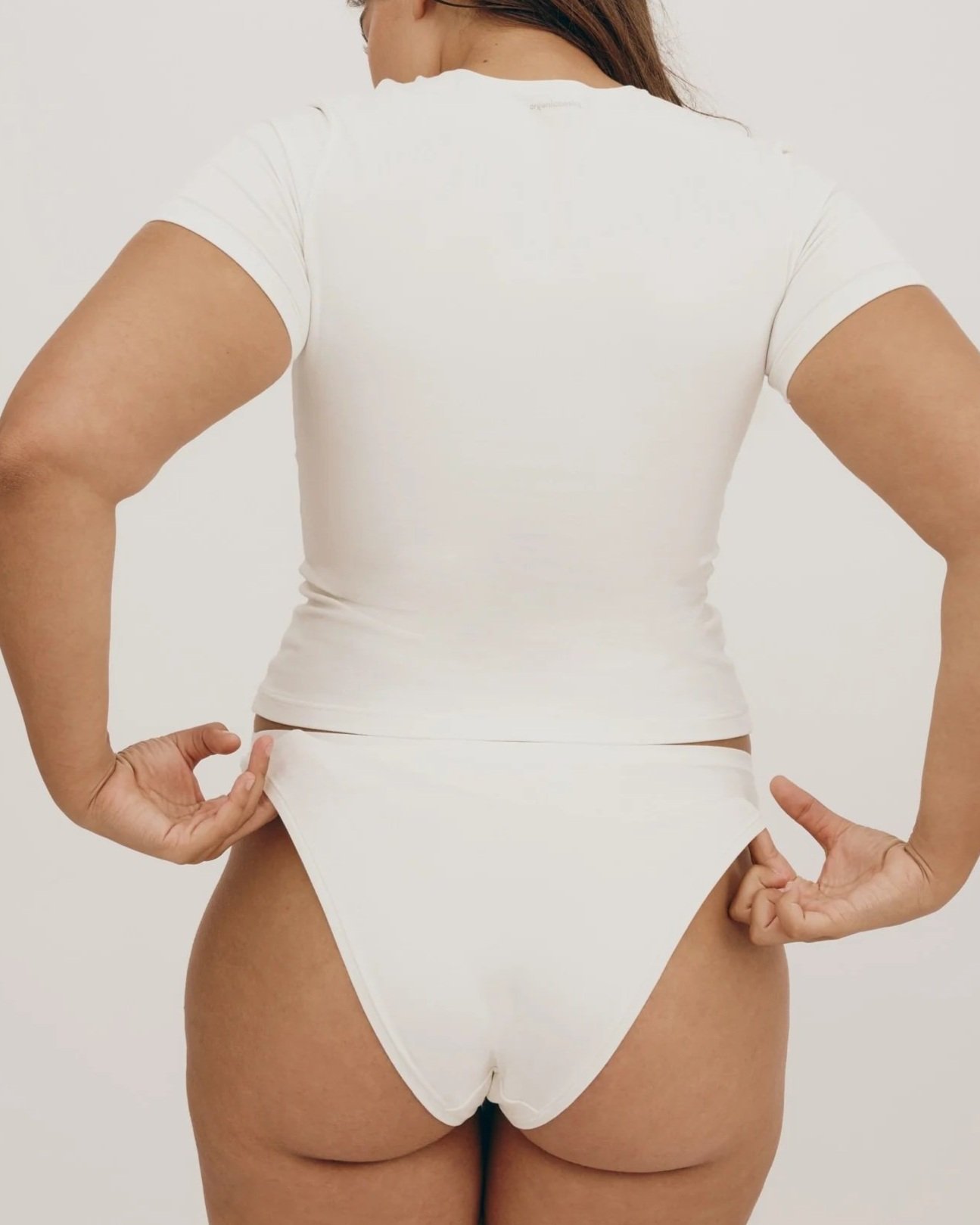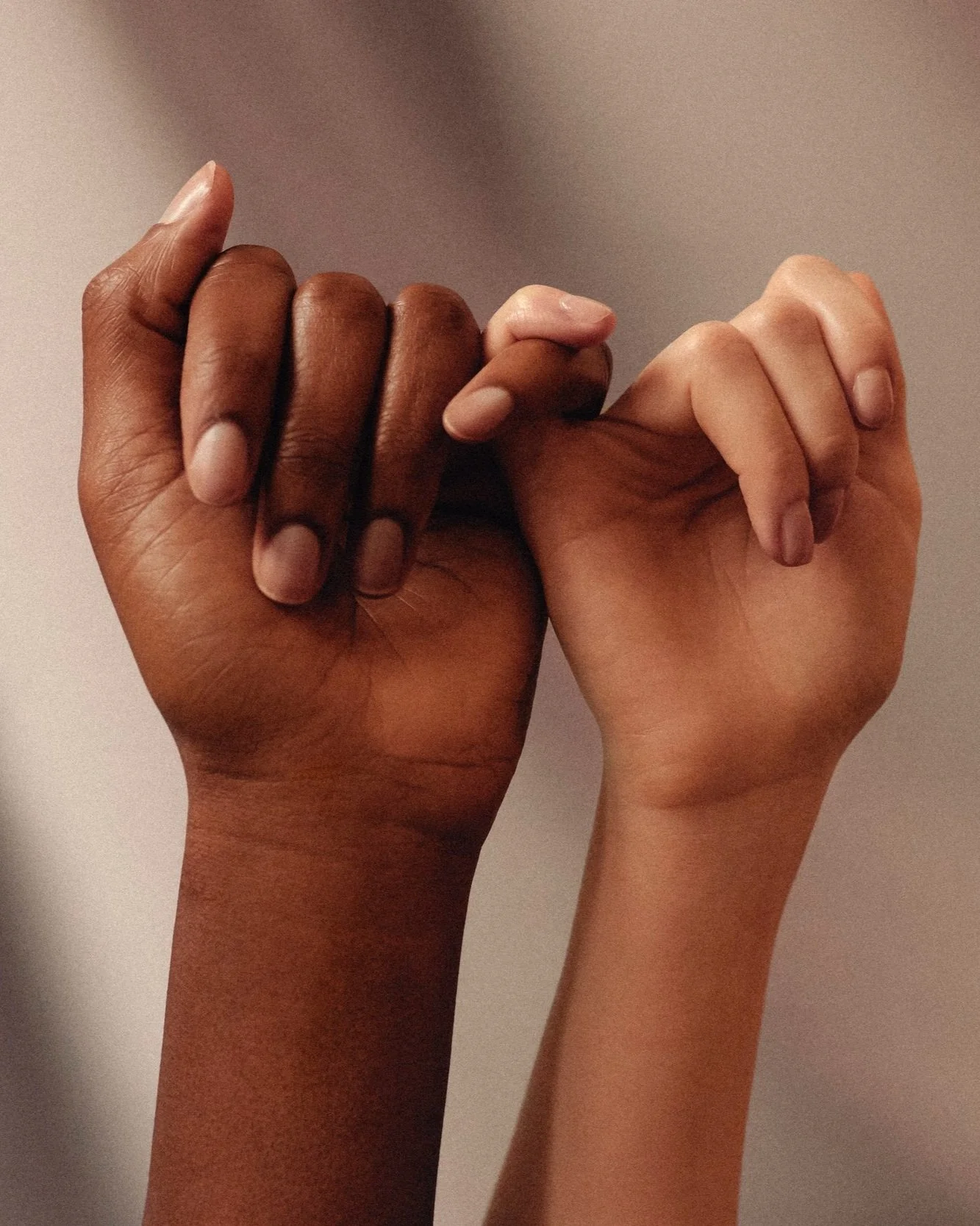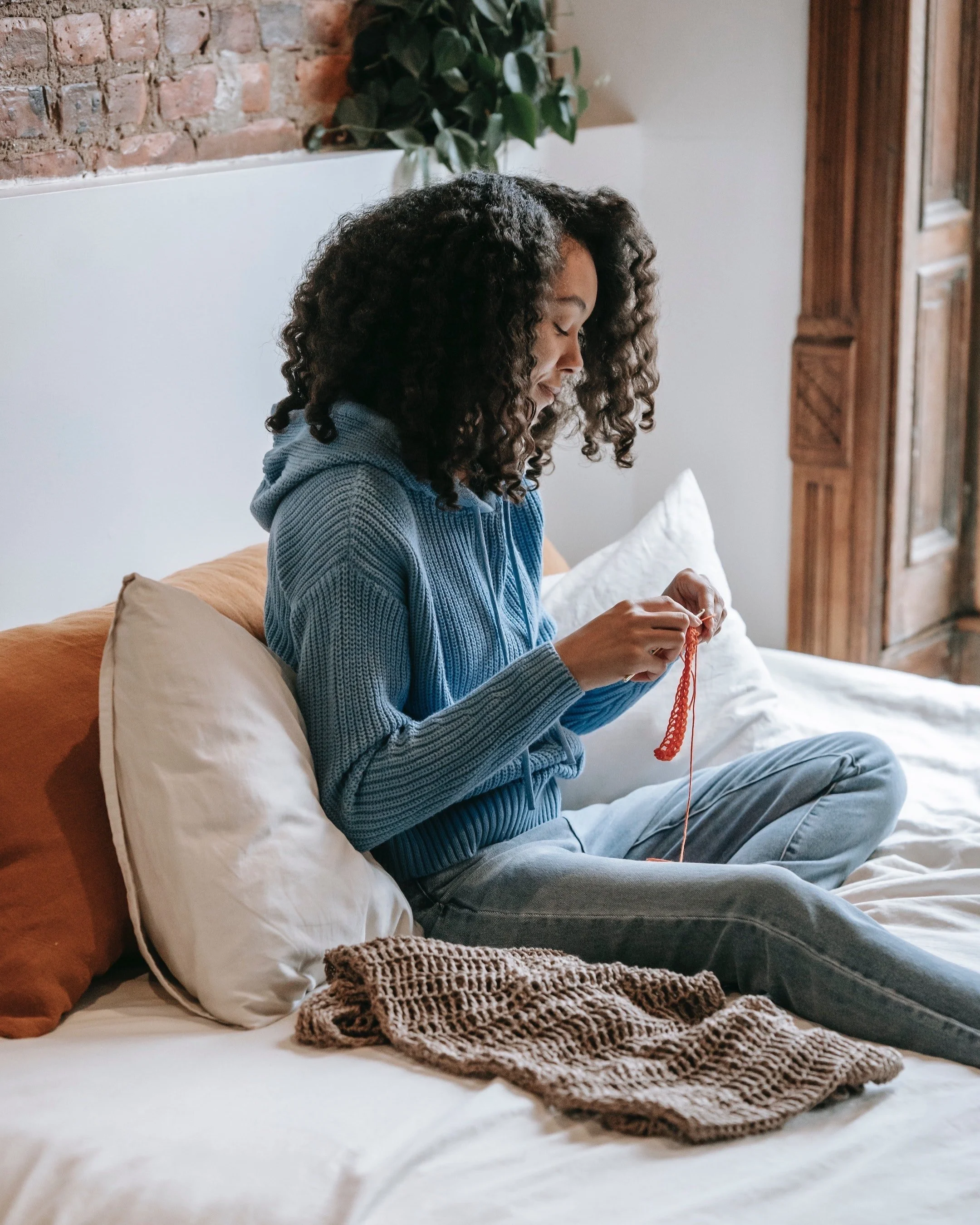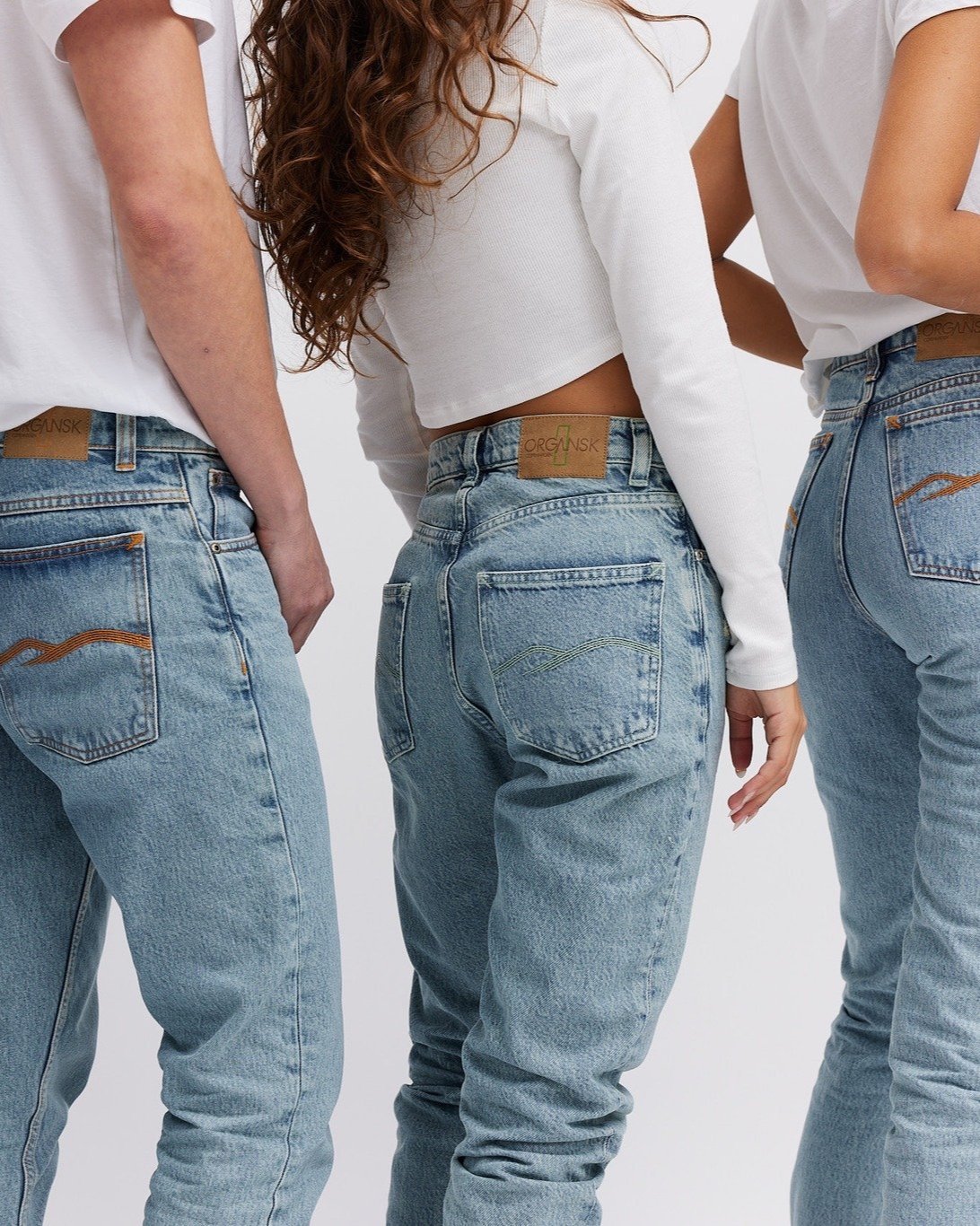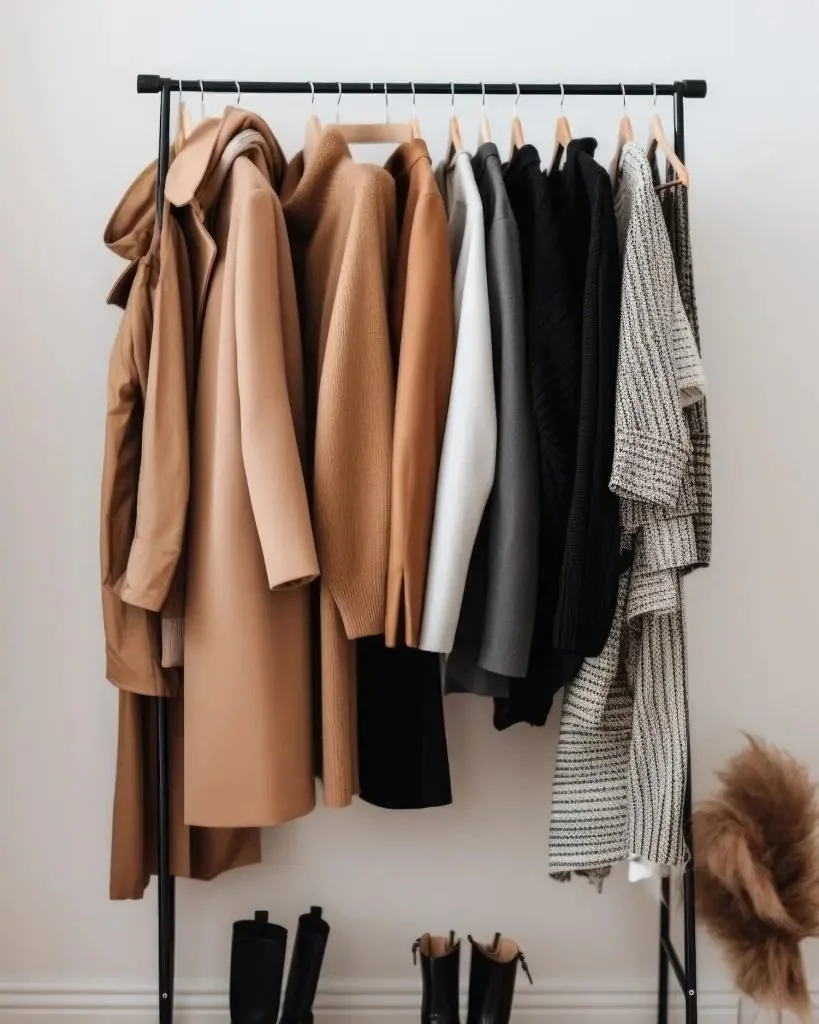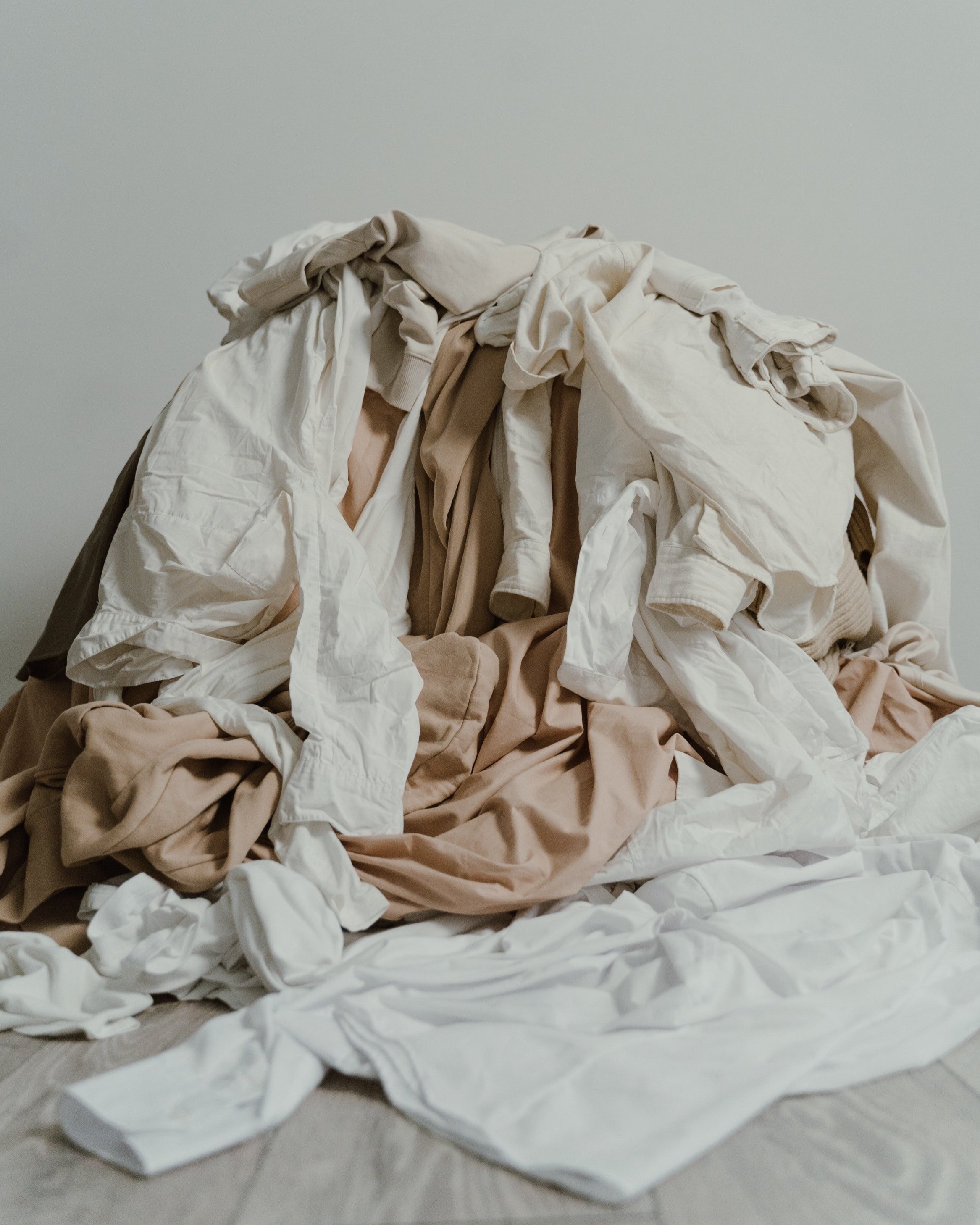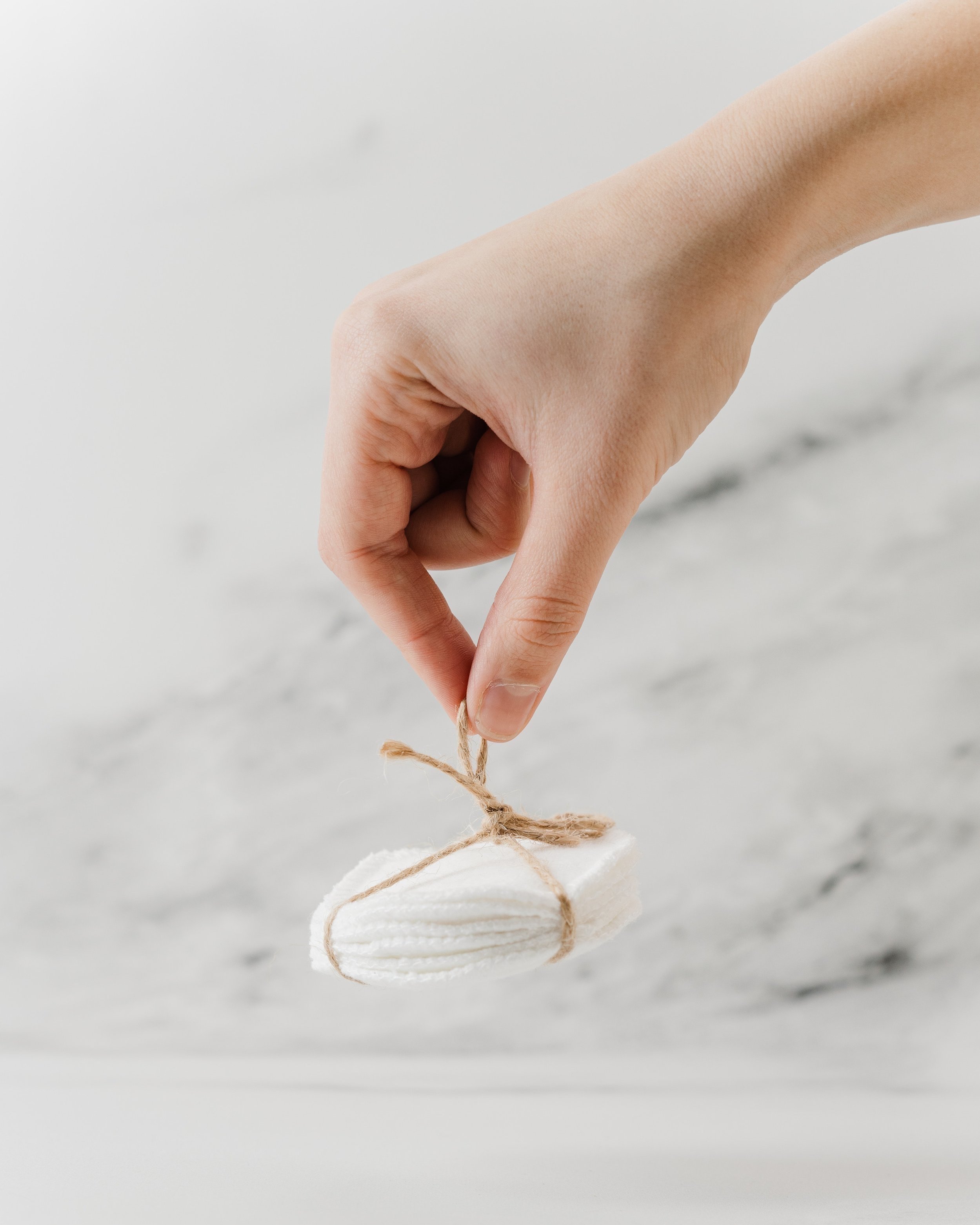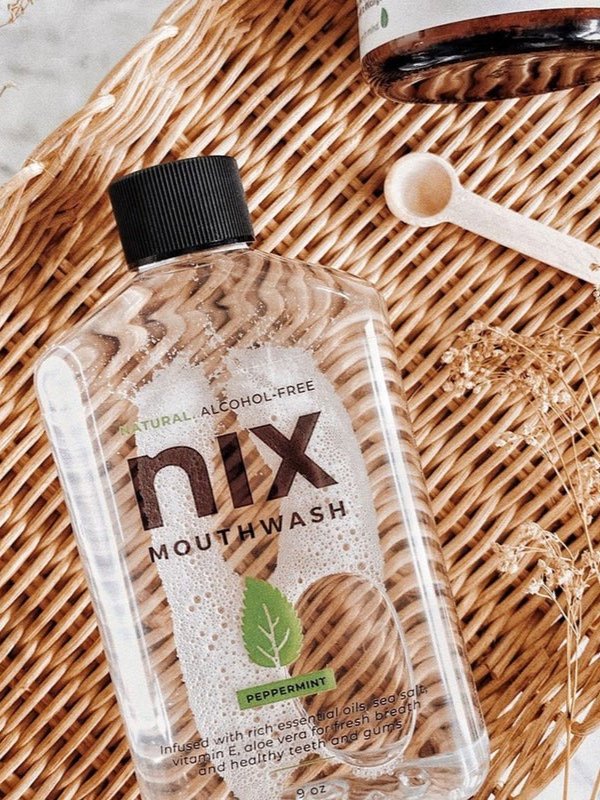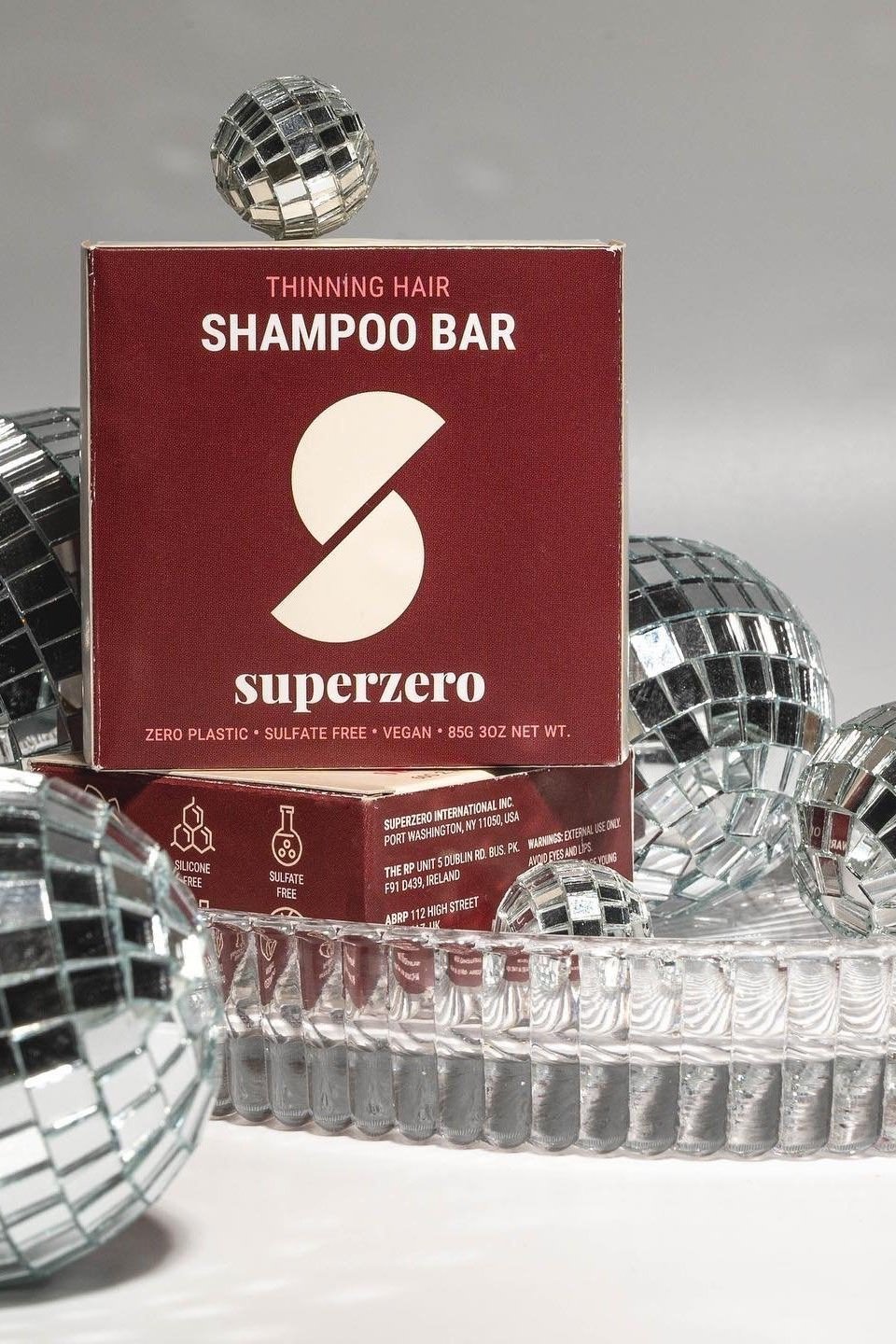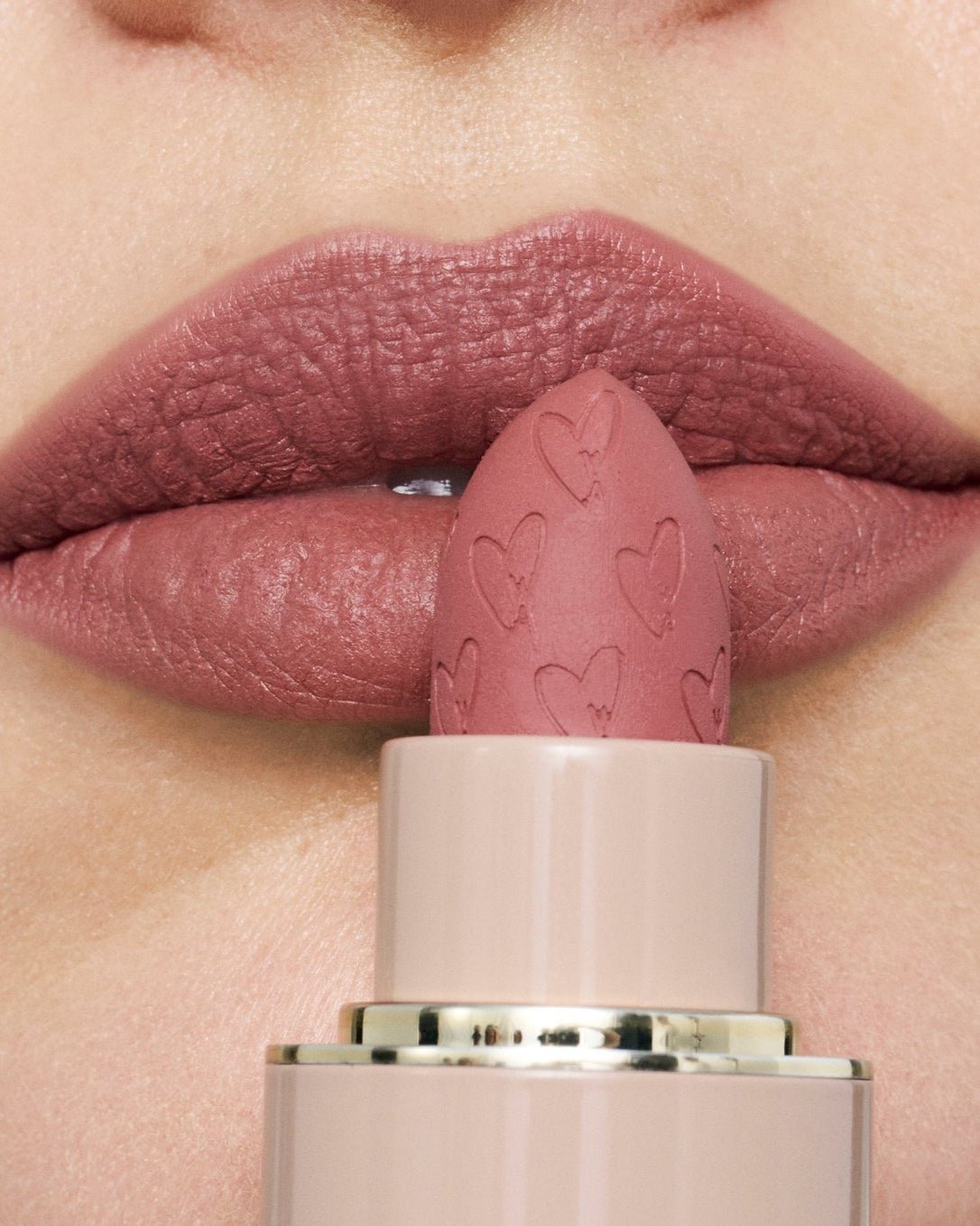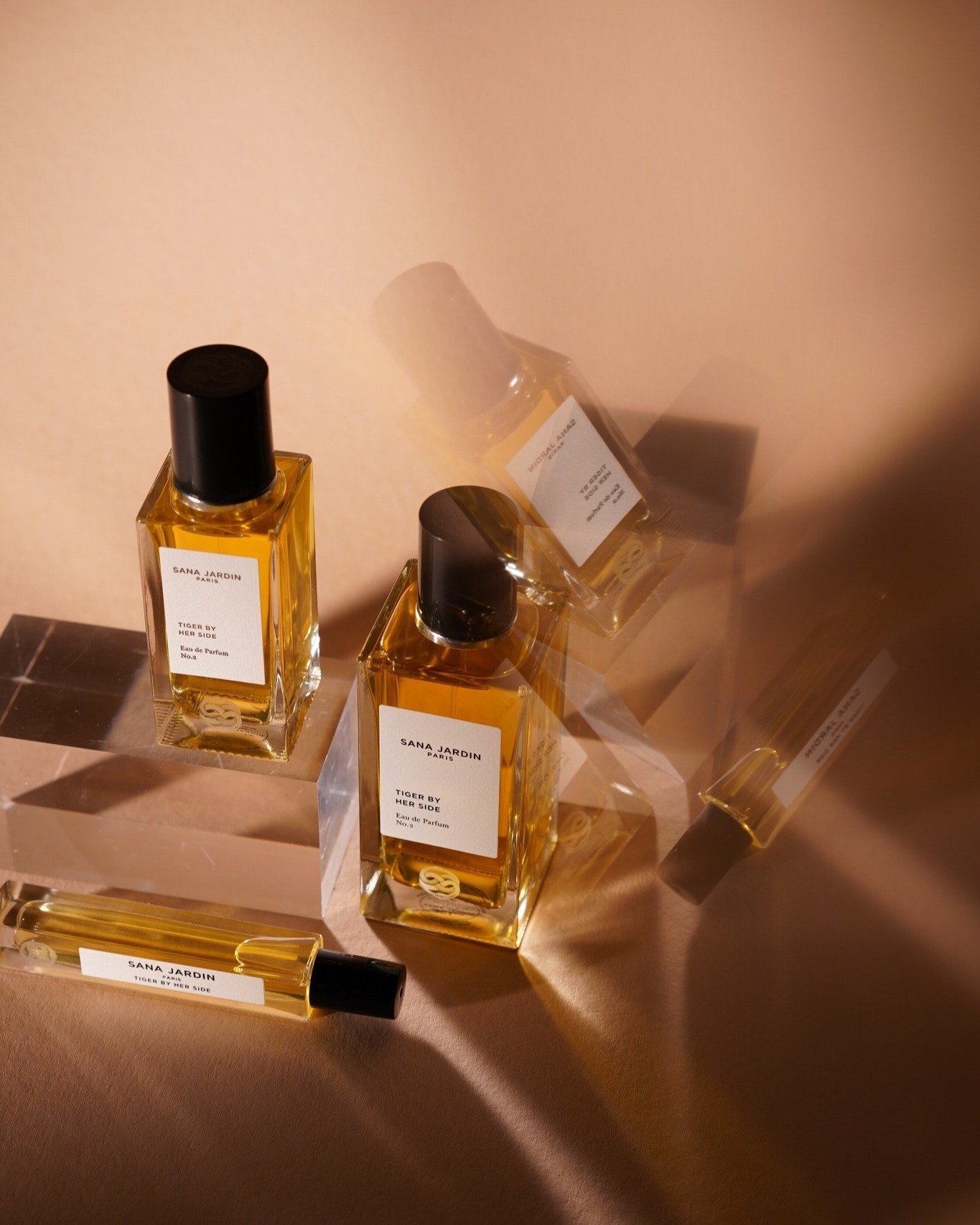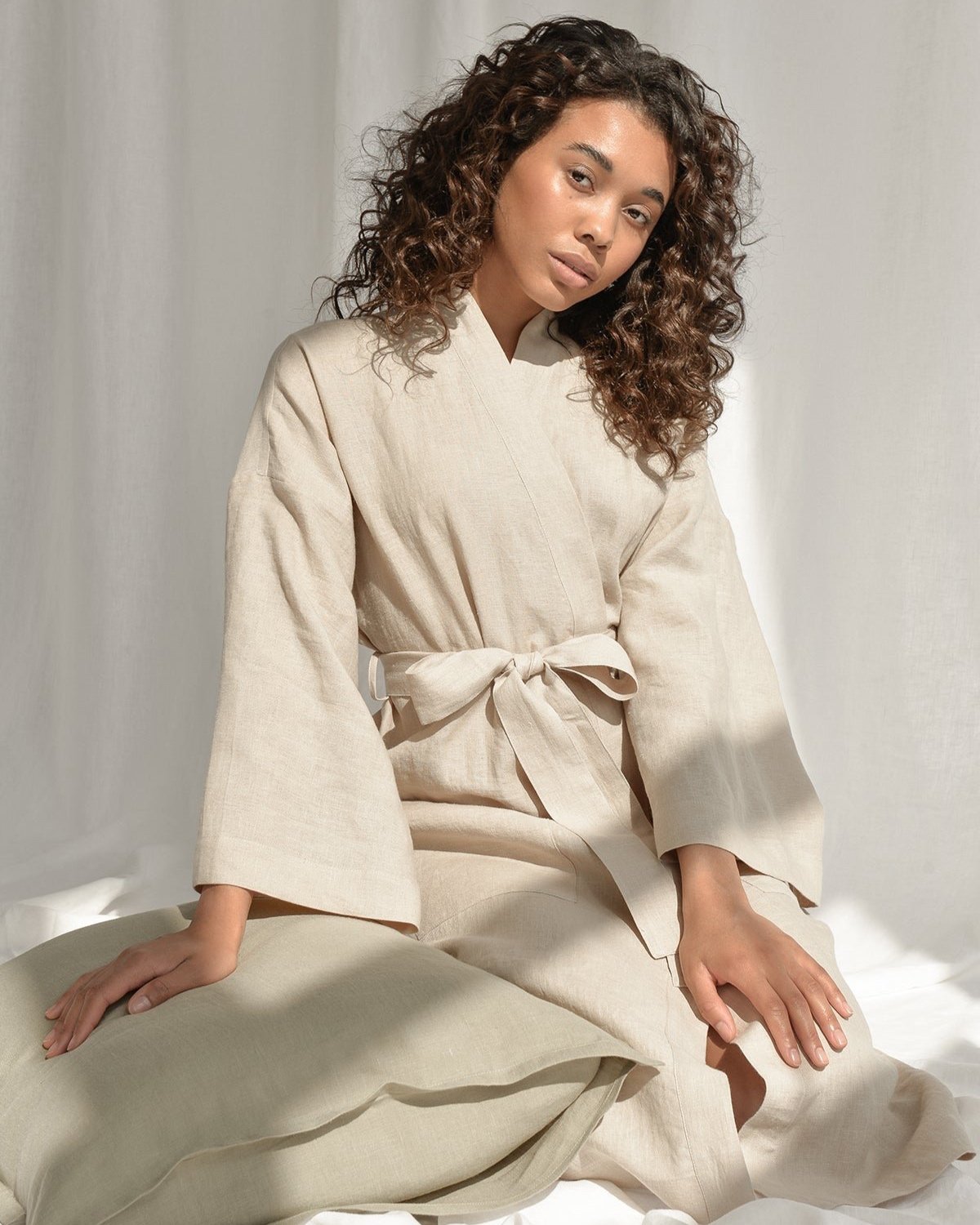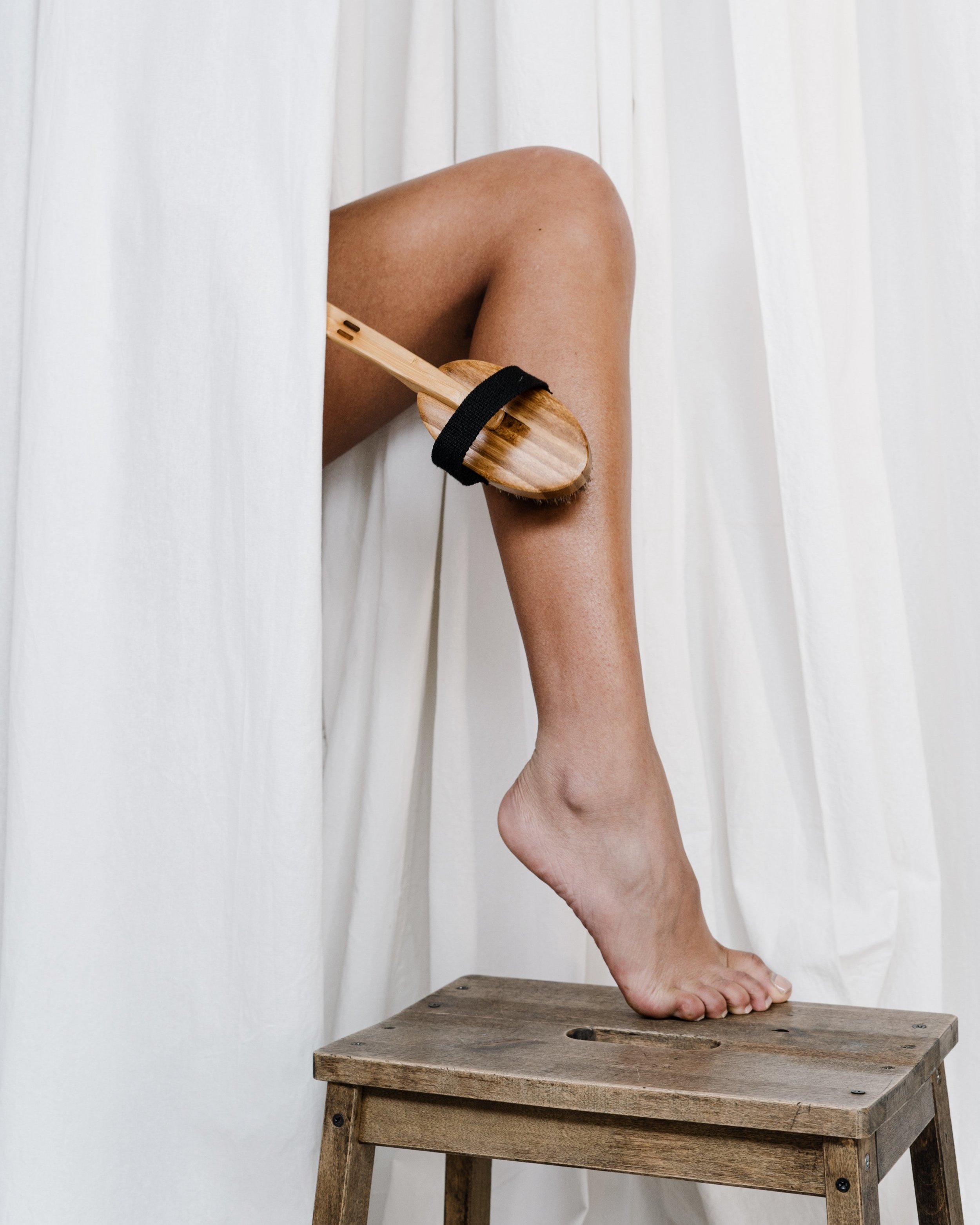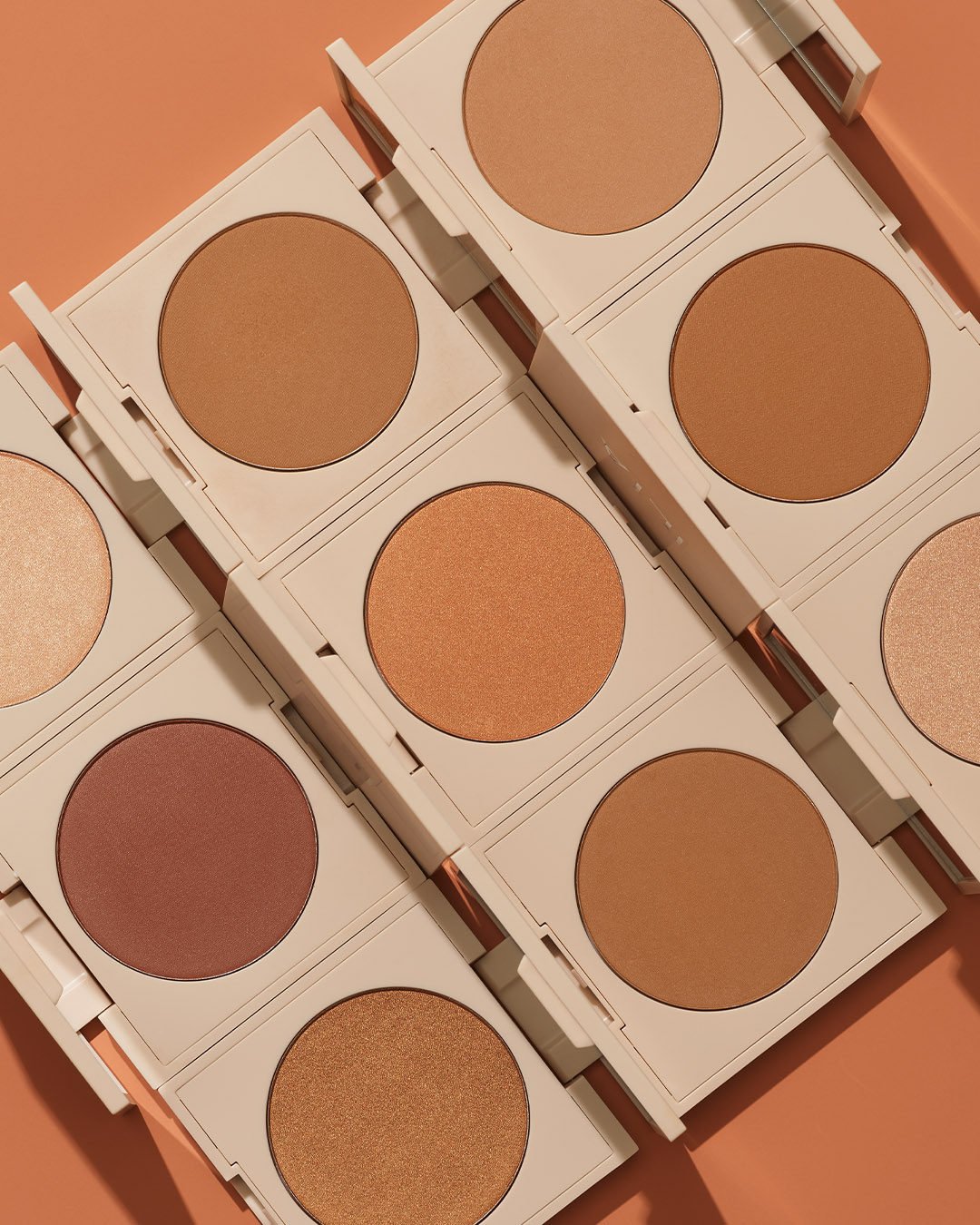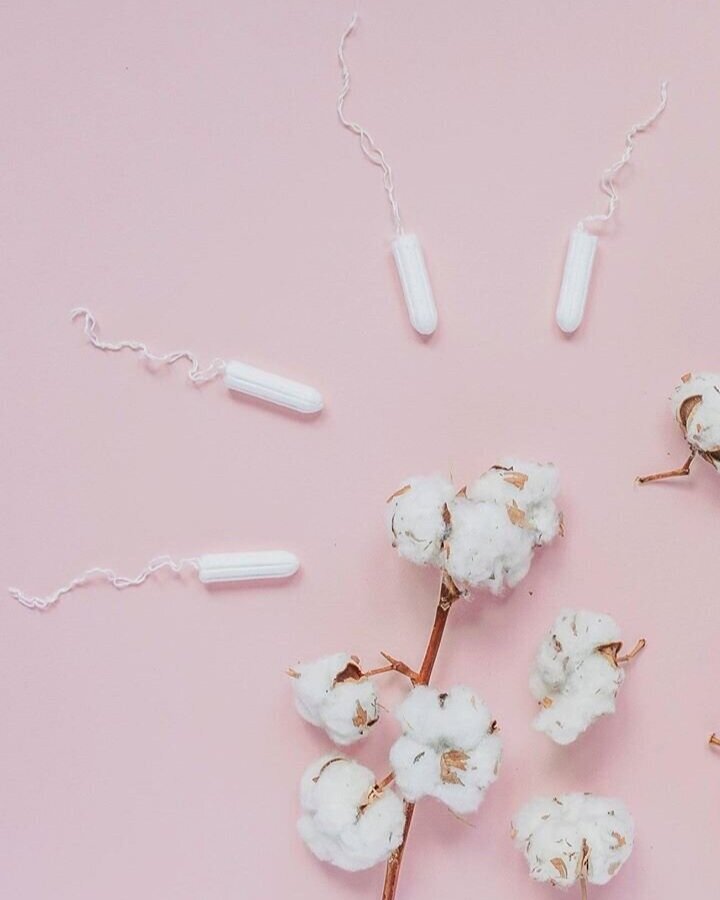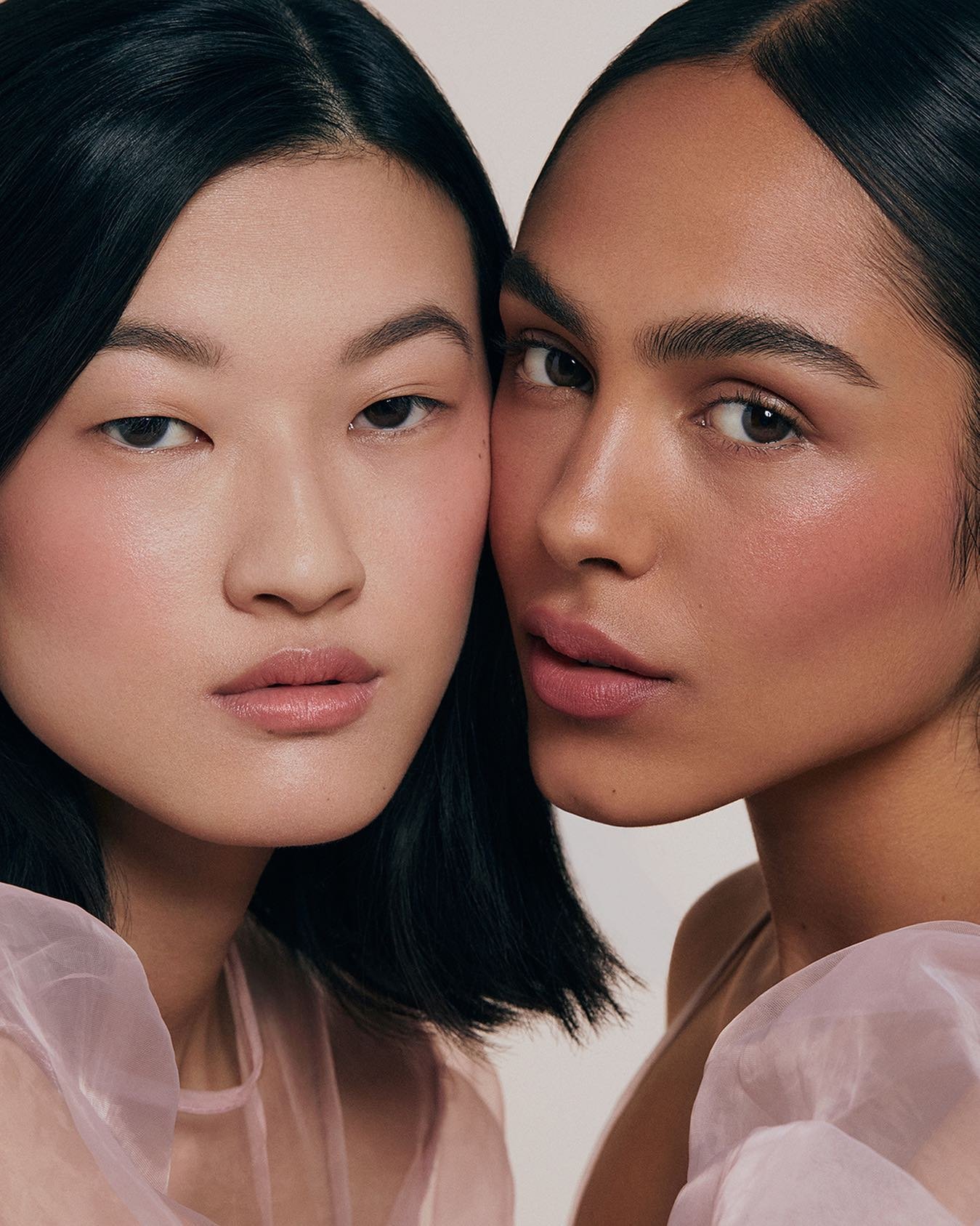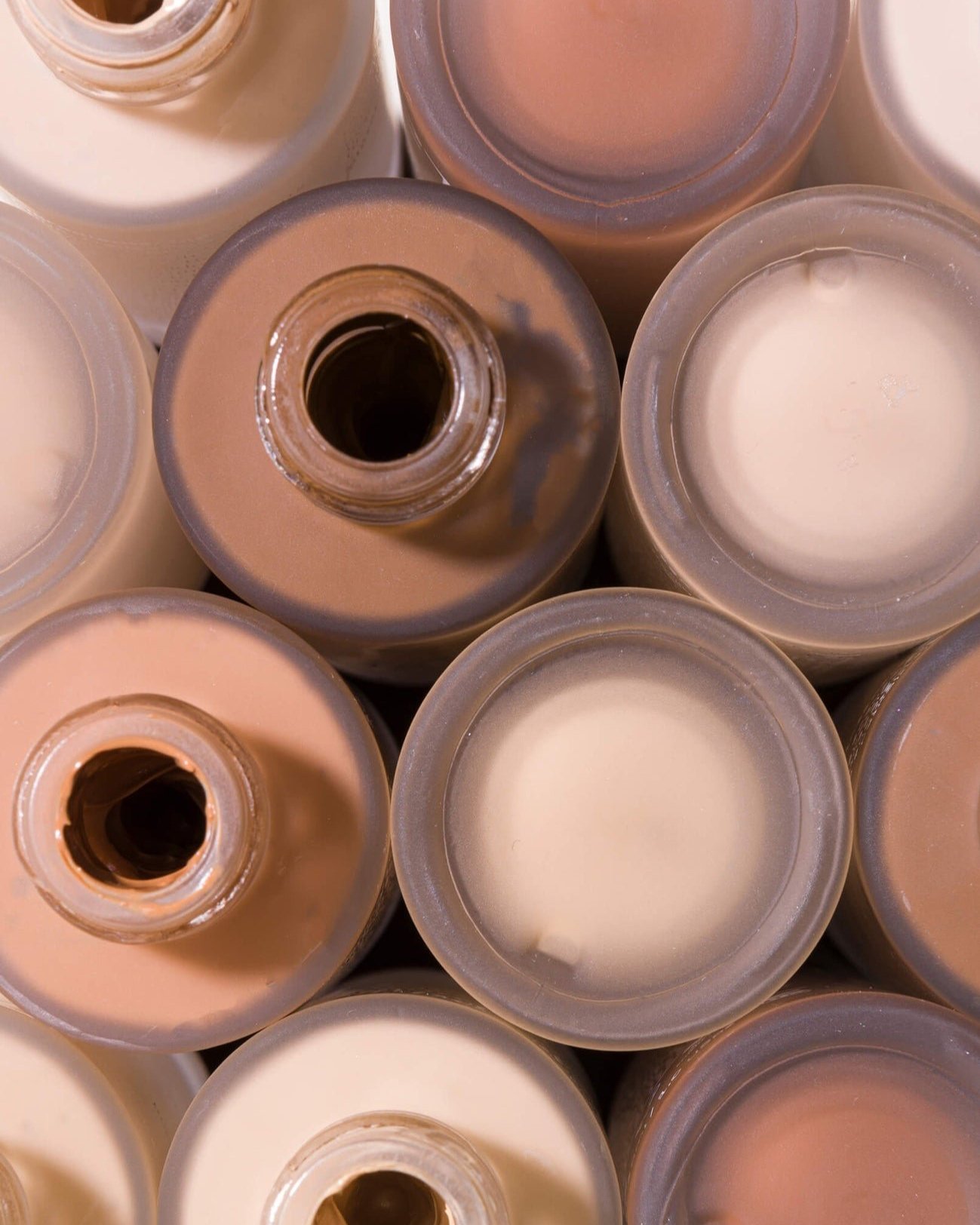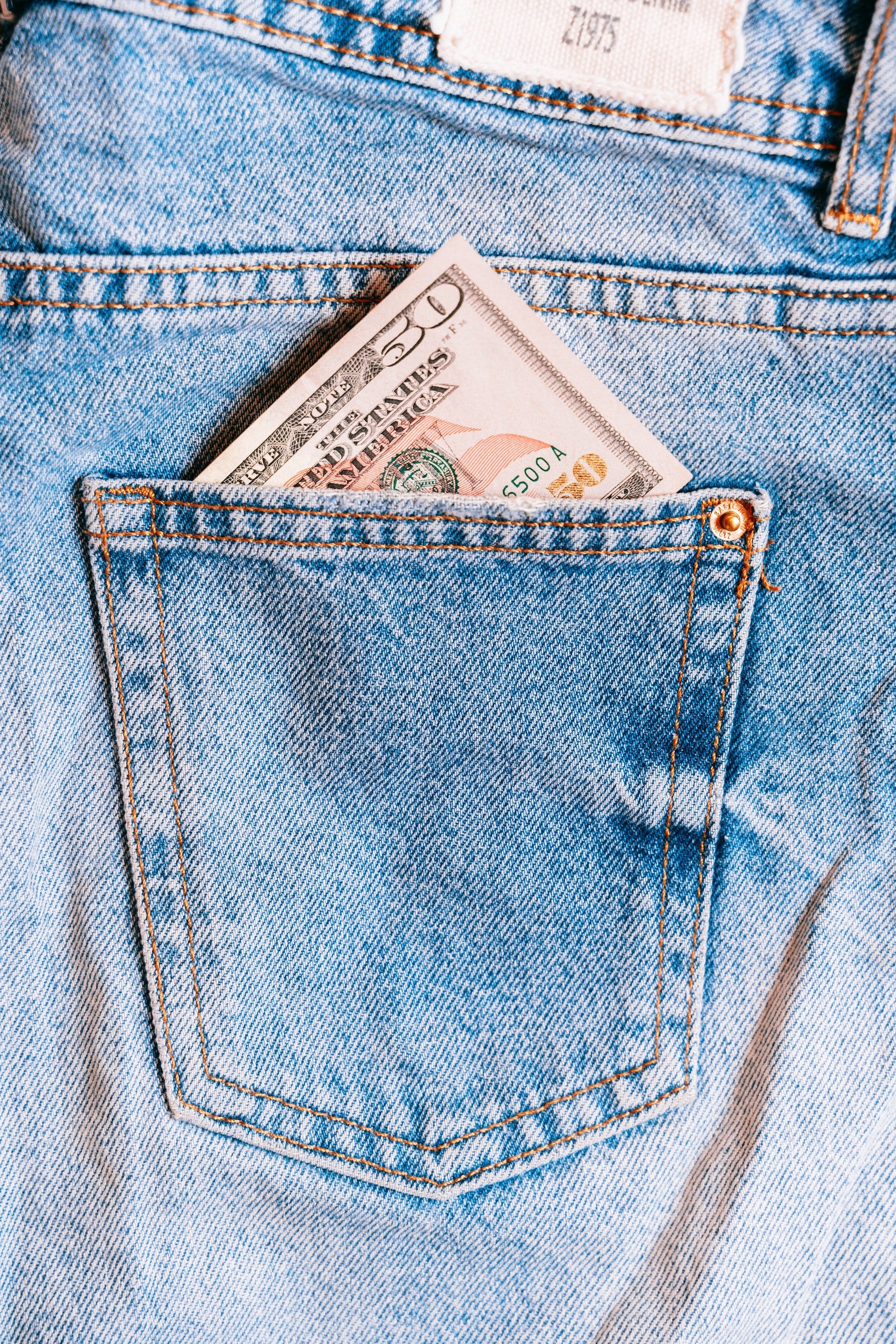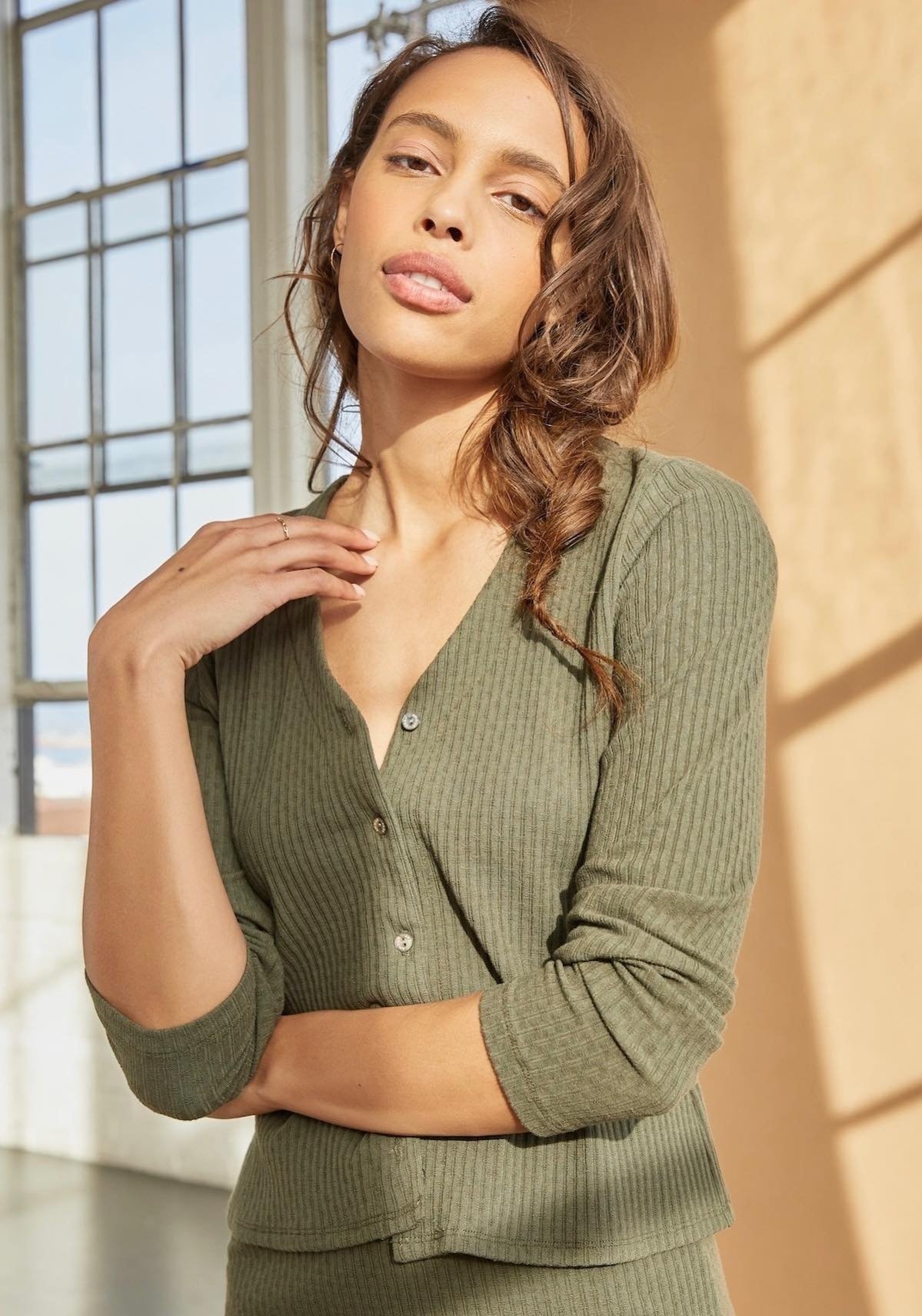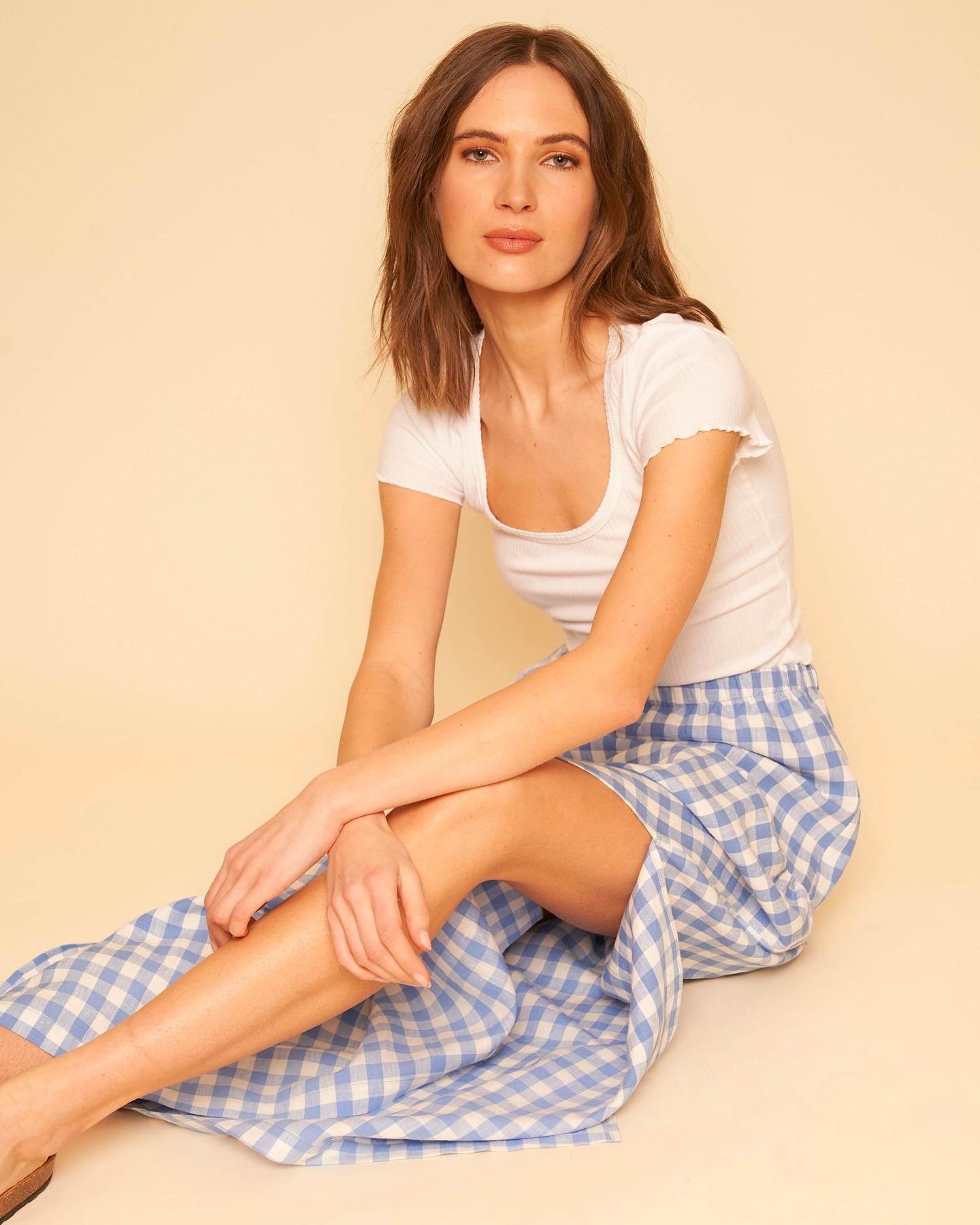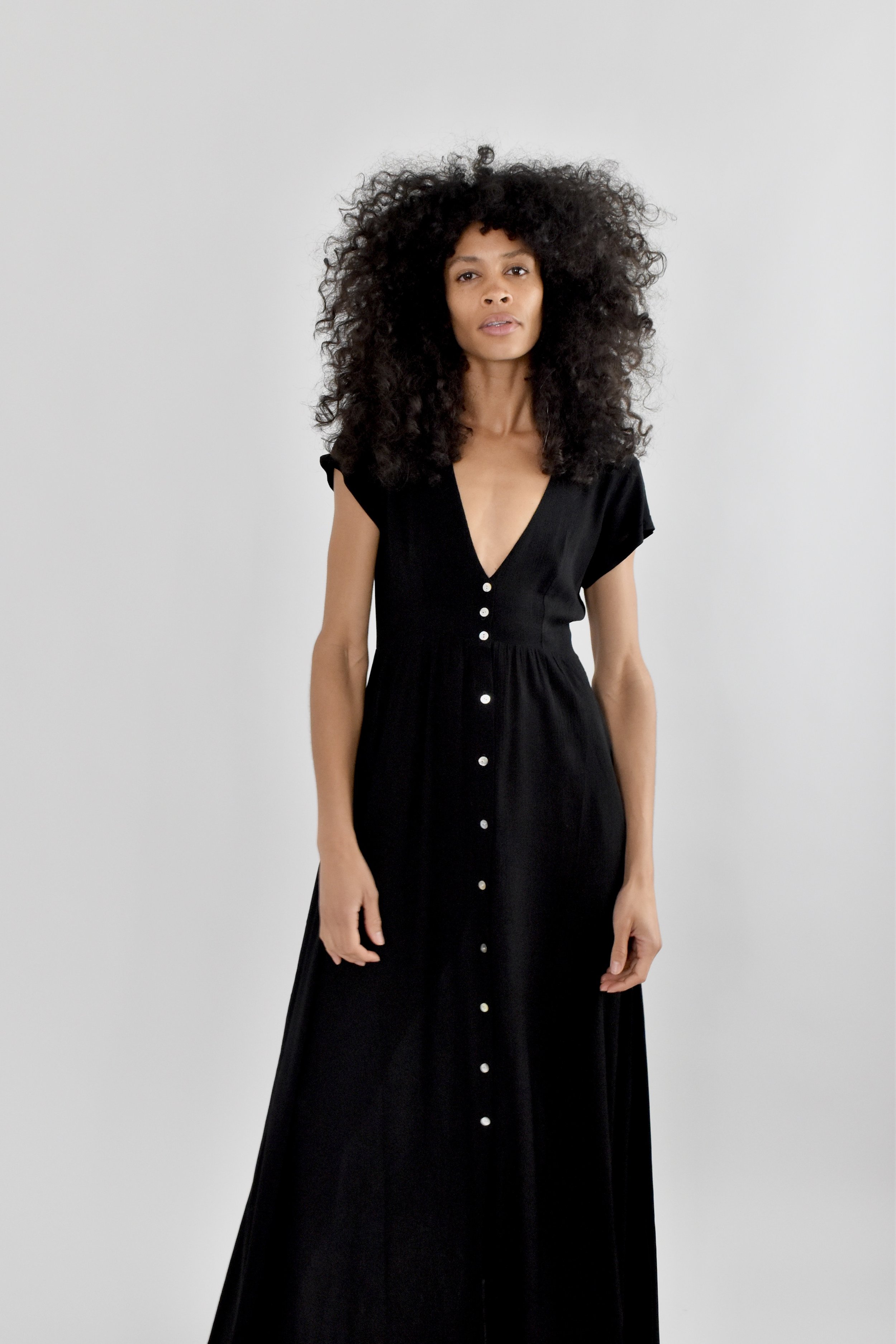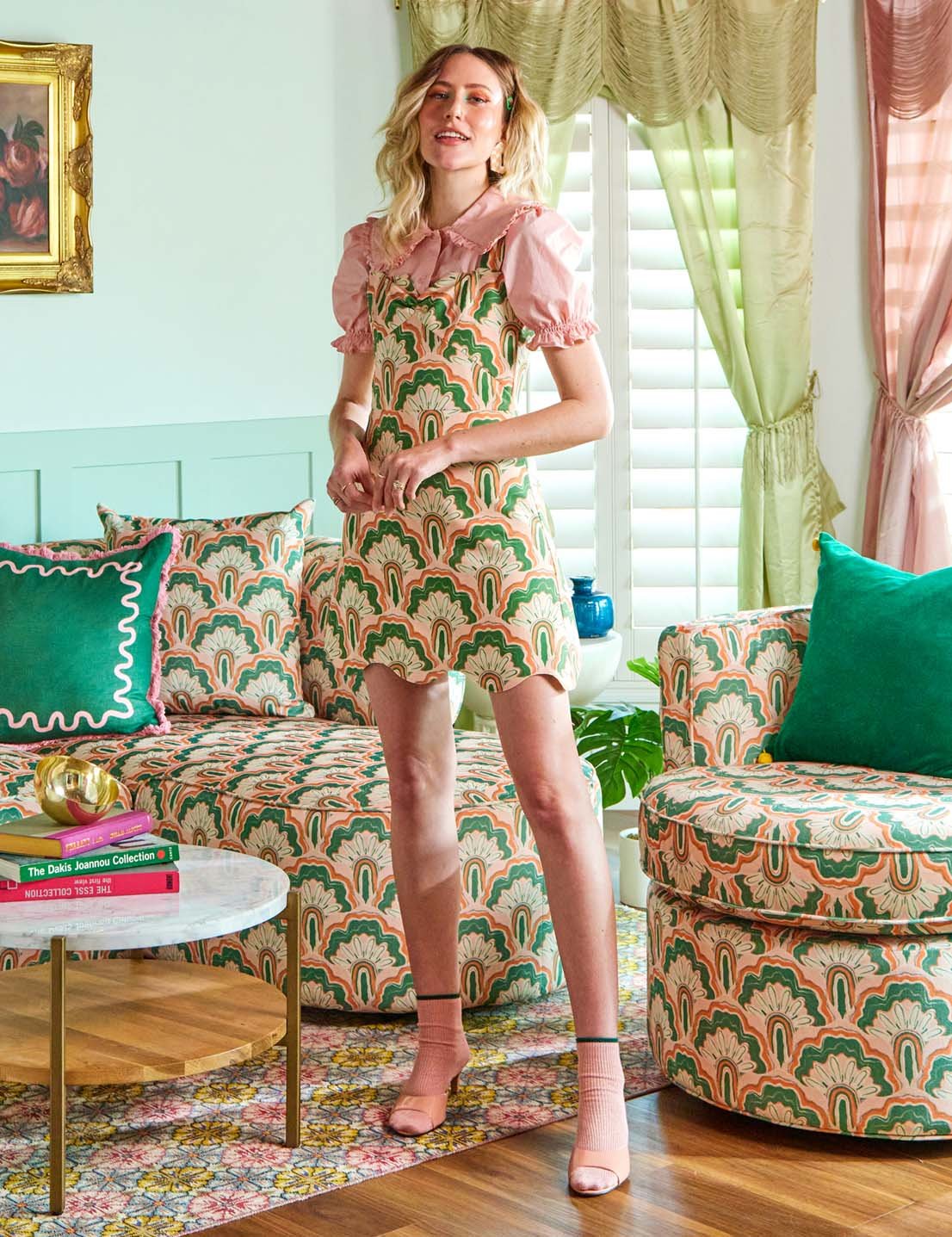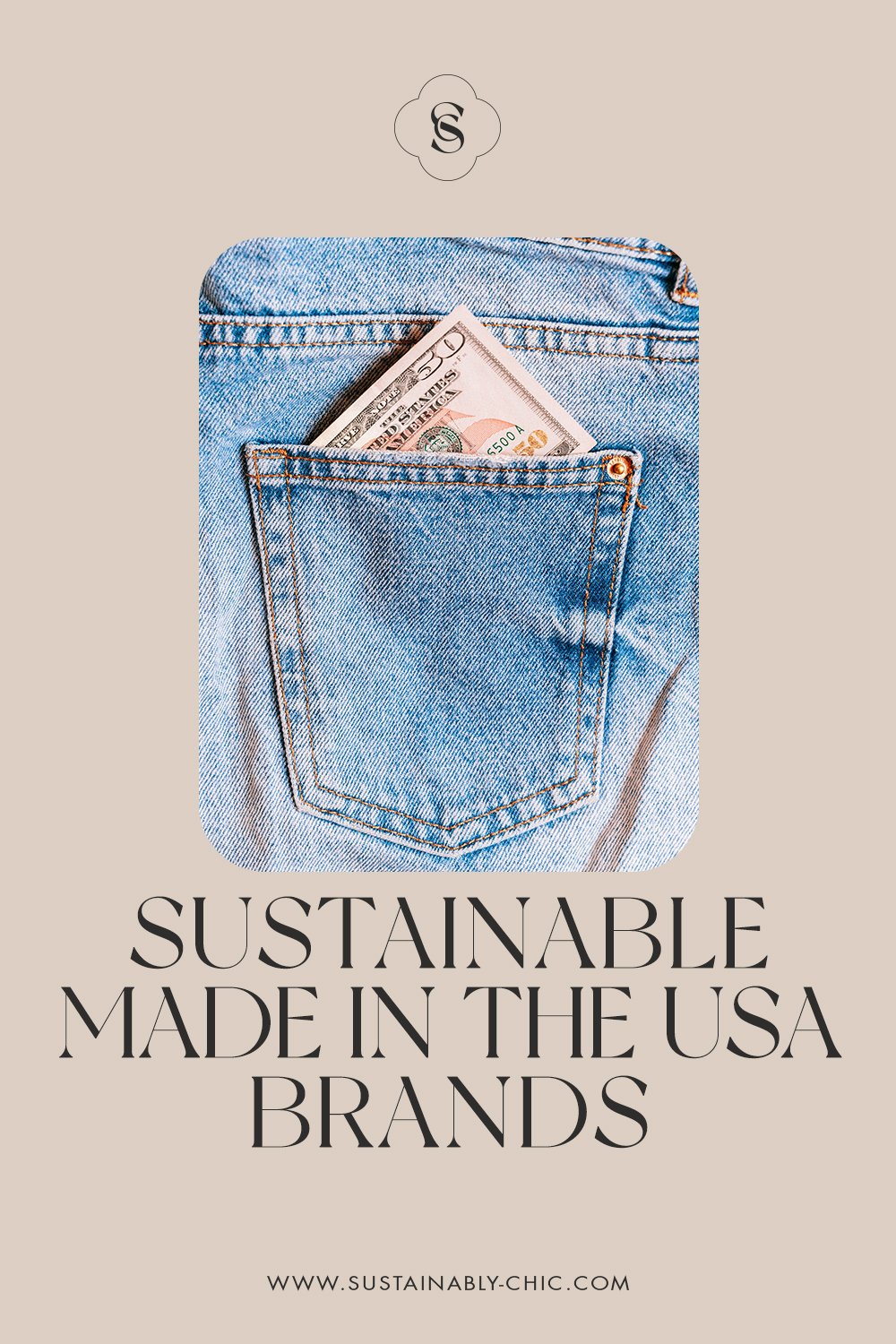Image: Encircled
Disclosure: Some of the links below are affiliated; we may earn a small commission if you click through and make a purchase.We only ever add brands & products we truly believe in. Thanks for supporting the brands who are making the fashion industry a better place!
What is modal?
Over recent years, as we’ve become more aware and interested in the fabrics that make our clothes, you may have noticed a lot of new types of materials being talked about. Especially within the sustainable fashion world where materials are constantly battling to be named the most sustainable. One such fabric that you may have heard about is modal, but what do we actually know about it?
You may have spotted modal in your favourite activewear brand’s new collection, or even in the sheets and pillowcases of a bedding brand, and it has rapidly increased in popularity within sustainable brands. Known for its silky-smooth texture and being incredibly lightweight, modal has the versatility brands crave, and a sustainable accreditation to go with it only makes it more desirable. But it’s worth having a more in-depth look at modal to determine what the true sustainability factors are, and what is simply greenwashing.
When we’re deciding if an item of clothing is sustainable or not, we need to know what fabric it’s made of, what goes into making that fabric, and whether it’s been produced ethically. Being informed on the facts behind our fabrics helps us make better decisions when we shop, so let’s get to know modal a bit better!
The science behind the fabric
Modal was first developed in Japan in 1951 but was then produced by an Austrian company called Lenzing Fibers (now Lenzing) in 1964. The fabric belongs to the “rayon” family and is considered an upgrade to the fabric “viscose”. Originally, modal was developed in order to refine viscose by imitating the properties of cotton. Modal is known as a semi-natural fiber, as the original source it is made from is beech trees, but the process of turning the wood pulp into yarn requires chemicals. Because of this combination, modal fibers are also called “regenerated cellulosic” fibers.
The process of creating modal requires the harvesting of beech trees, which are then turned into small chips and then purified to extract their cellulose content. This cellulose is formed into sheets and immersed in vats of chemicals such as sodium hydroxide and carbon disulfide before being broken down again and forced through a ‘spinneret’ to create fibers. These fibers are then woven together to make the modal fabric, which can be used on its own or in a textile blend with other materials like cotton.
In 1977, Lenzing invented a process of bleaching the wood pulp in a more environmentally friendly way. Today, Lenzing’s modal is made of wood pulp sourced from beech trees which are harvested in sustainable forests under the Programme for the Endorsement of Forest Certification schemes (PEFC).
Where do you find modal?
To this day, the largest producer of modal fabric worldwide is still Lenzing, which is based in Europe but has factories all over the world, with some of their biggest modal fabric factories being in China. A variety of other companies also make modal rayon, and most of these companies are based in China, which is why China is now the world’s largest exporter of modal.
Originally, the fabric was used to create scarves as it was thought of as the perfect alternative to silk. Now modal is mostly used in underwear, nightwear, sportswear, t-shirts, and even bedding. In clothing modal is often used as an alternative to cotton or silk, as it has the same lightweight and breathable feel. Many sustainable brands have opted to use modal in their products as it’s also an eco-friendly alternative to viscose, and it can be marketed as a ‘plant-based material’.
In terms of the benefits of using modal as a fabric for clothes, the list is pretty long. Modal is stretchy, soft, breathable, water absorbent, durable, drapes well, doesn’t pill, color fast, shrink-resistant, doesn't crease, and is biodegradable. It’s no wonder that sustainable fashion designers were keen to start using this fabric in their collections!
You’ll often see that modal is blended with other fibers like cotton and spandex for added strength. Modal is considered a luxurious textile due to both its soft feel and high cost, as it is more expensive than either cotton or viscose. For this reason it is often favoured by more high-end designers, adding to the luxury appeal of their brand.
Sustainable brands across the world have also adopted the use of sustainably-produced modals within their collections, such as Amour Vert, TAMGA Designs, and Whimsy and Row.
What makes modal unsustainable?
There has been confusion over whether or not modal could be classed as a sustainable material. At a basic level, modal is made from trees which would suggest that, if sourced from sustainably-managed forests, it would be an eco-friendly material. However, the chemicals and processes involved to turn the wood chips into fibers have caused people to question it’s sustainability accreditations.
Forests
The main raw material for producing modal is wood from beech and softwood trees. However, due to the rise in popularity of modal, we’ve seen an increase in unregulated production, which has added to the global issue of deforestation. In a report by Canopy Planet, several producers of modal were sourcing trees from ancient or endangered forests. The Rainforest Action Network even ran a global campaign called ‘Out of Fashion’ to pressure fashion brands away from their use of unsustainable modal, rayon and viscose.
As with any material created from trees, there needs to be external audits carried out and certifications awarded to suppliers and brands who are following the appropriate guidelines to ensure sustainability. It can be incredibly difficult to trace back materials to their original source, so transparent supply chains are also crucial in sustainable modal production.
Chemicals
Another common objection to modal is the use of several chemicals involved in processing the fiber. Modal requires many toxic chemicals such as sodium hydroxide, sulfuric acid, and carbon disulfide. The latter is a well-known neurotoxin that can enter the water or air through the processing of modal if it’s not manufactured in a closed-loop process. This then affects wildlife, aquatic life and humans, who can experience critical medical problems ranging from liver damage, blindness and even death.
Image: Amour Vert
Can modal be sustainable?
While there are unsustainable fiber producers, not all modal is created equal. Lenzing currently produces the most sustainable modal called TENCEL Modal®. They operate under a global certification system and have developed environmental processes for their modal, which are not currently commercially available to others. Lenzing’s technologies are less-toxic and have a high rate of recovery for process ingredients, meaning fewer chemicals end up being wasted. They also source their trees from PEFC or FSC accredited forests which have sustainably managed beech tree plantations. The environmental footprint of TENCEL Modal® is carbon-neutral, requires much less land per tonne than cotton fibers, and requires 10-20 times less water than cotton does.
To be clear, Tencel is a brand name that produces certain types of modal and lyocell. Check out our guide to Tencel and some of our favorite brands that use it!
Micromodal is a more recent version of modal that is even more lightweight and soft, rivaling even the highest quality of silk. In addition, it is considered to be more environmentally friendly than modal as it is highly homogenous, with only one company currently producing micromodal. Micromodal also requires far lesser concentrations of caustic soda during the processing of the fiber.
Sustainable modal production should encompass, at minimum, these main aspects:
Closed loop production. This means any chemical used once in the process is not discarded in the environment, and is instead reused. The only small amount that is discharged is also non-hazardous. Many rayon manufacturers have started to use “chemical scrubbers” or machines to trap the chemicals before they make their way into the ecosystem, further reducing harm.
Sustainably-sourced wood. Sustainable modal should be made of wood pulp sourced from beech trees which are harvested in sustainable forests.
Low water consumption. Modal requires a surprisingly low consumption of water during its production. Compared to cotton, its water consumption is about 20 times less. This means the Modal’s carbon footprint is also much less than other fabrics.
Biodegradable status. Although semi-synthetic, modal fiber is completely biodegradable. The production chemicals that are used are also biodegradable.
Sustainable alternatives to modal
If you can’t find TENCEL Modal®, there are other sustainable alternatives to look out for if you’re after something with a similar weight or feel to modal.
TENCEL™ Lyocell is a more sustainable alternative to modal as it is a completely organic form of rayon. It is made using an organic solution that replaces the sodium hydroxide used in modal production.
According to the ‘Environmental Benchmark for Fibres’ from materials experts Made-By, there are several materials that are classed as more sustainable than modal. These include organic hemp, organic linen, recycled wool and recycled cotton. Depending on these fabrics' thread count, they could be perfect alternatives to modal.
About the Author:
Sarah King is a freelance writer with a focus on vegan fashion, sustainability and ethically made clothes. She campaigns for change in the fashion industry through her blog and on her Instagram page.
MAKE SURE TO PIN THE PHOTO BELOW TO SAVE THIS POST FOR LATER!
WANT MORE SUSTAINABLE BRANDS? VISIT OUR BRAND DIRECTORY!
Our Brand Directory is home to hundreds of sustainable brands, from makeup to cleaning supplies, from underwear to shoes. We have broken everything down by category for easy shopping, along with discount codes unique to Sustainably Chic viewers.



